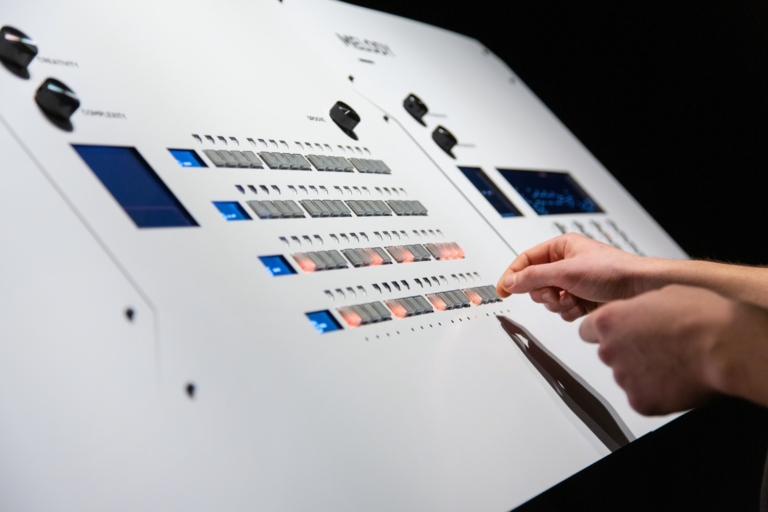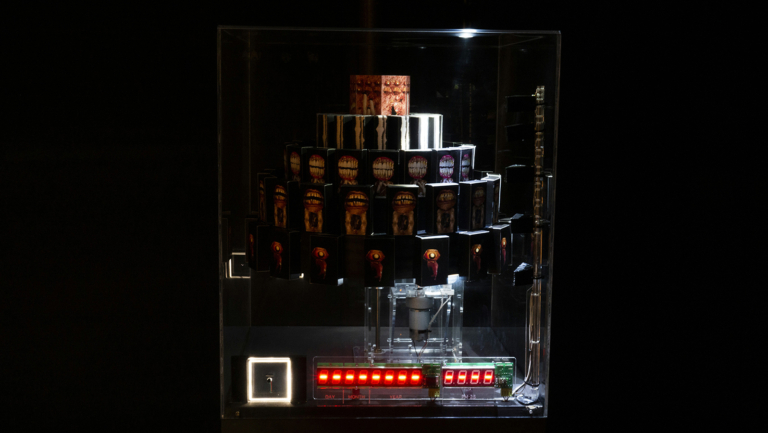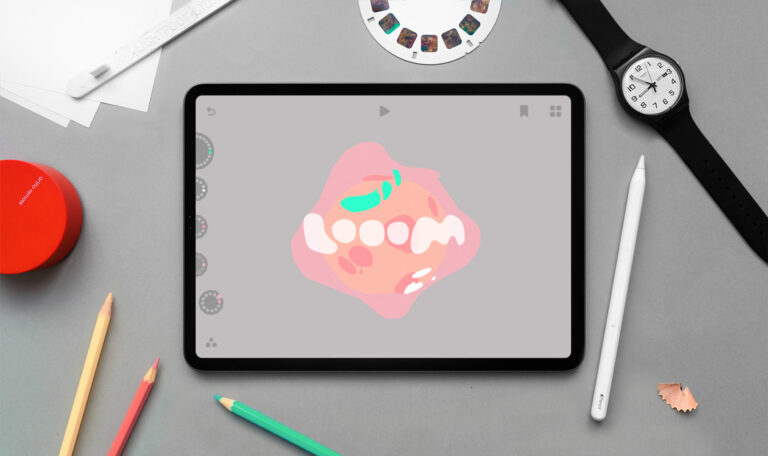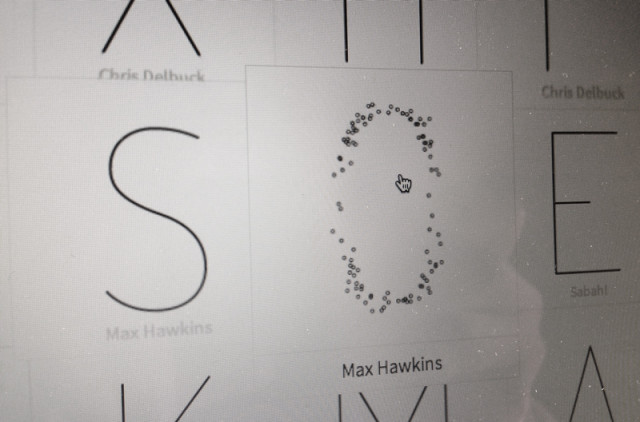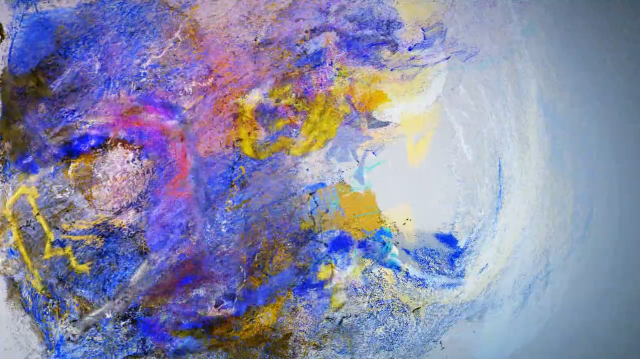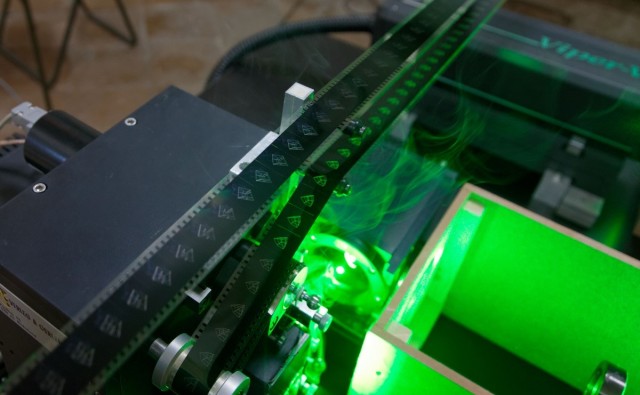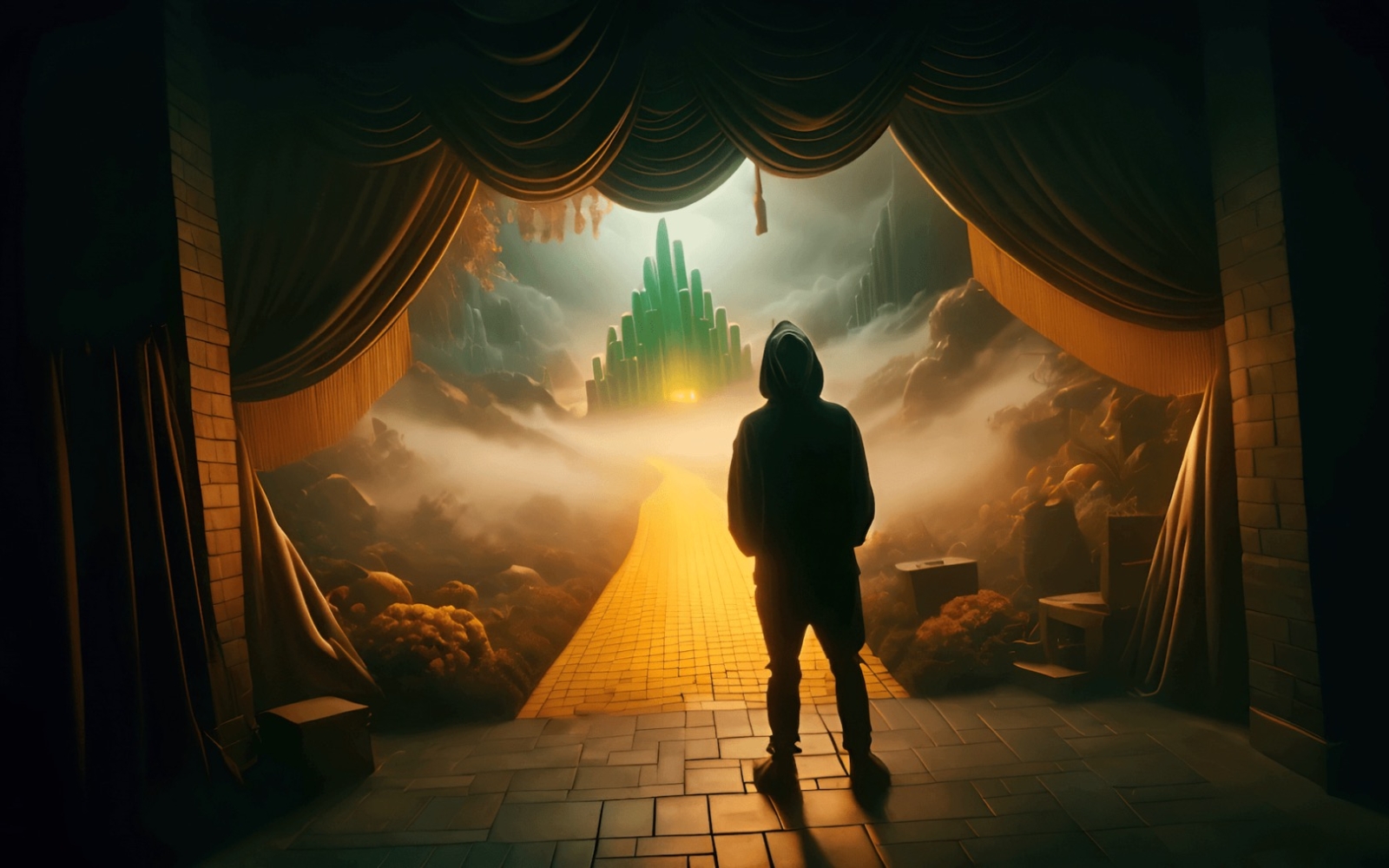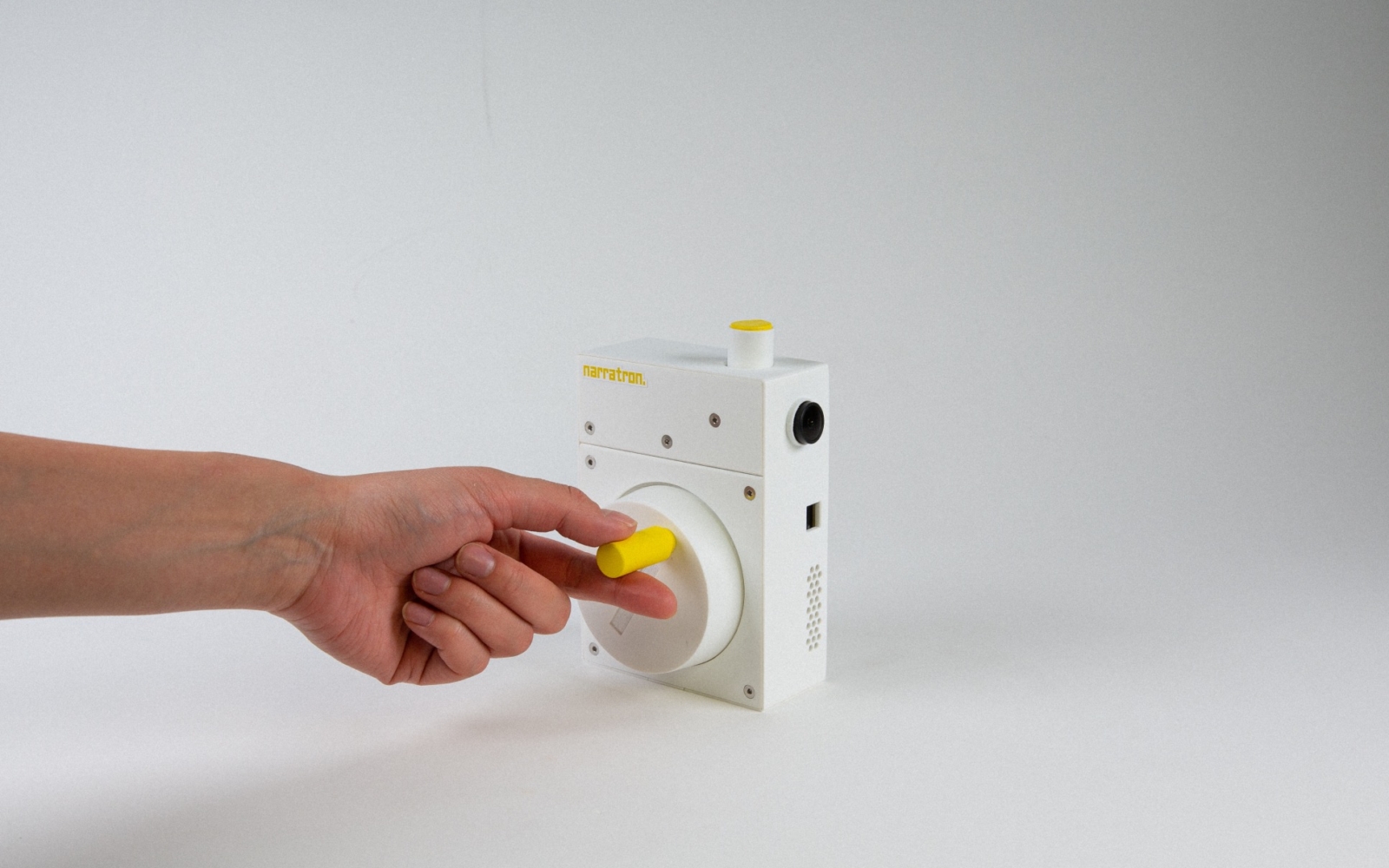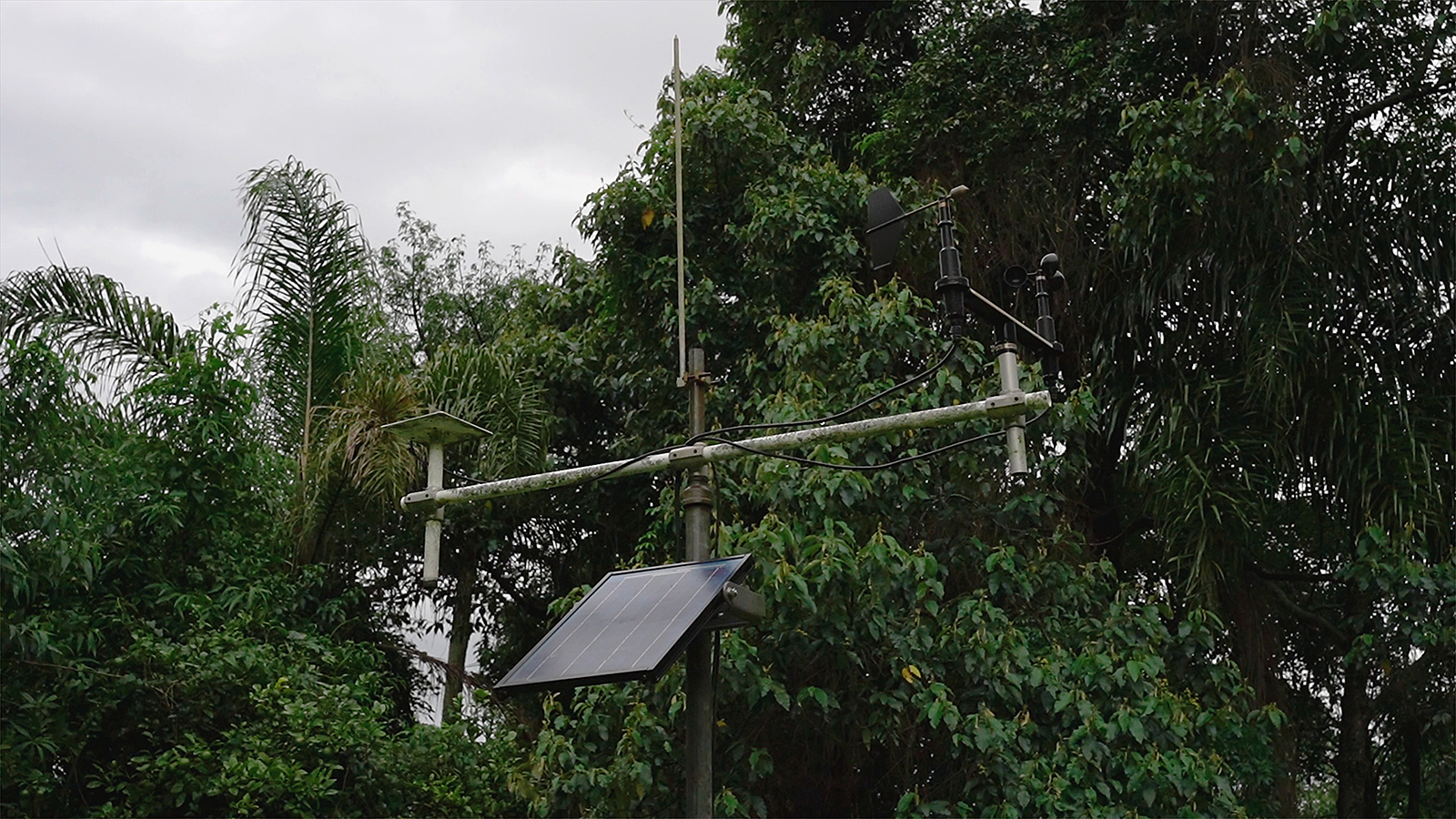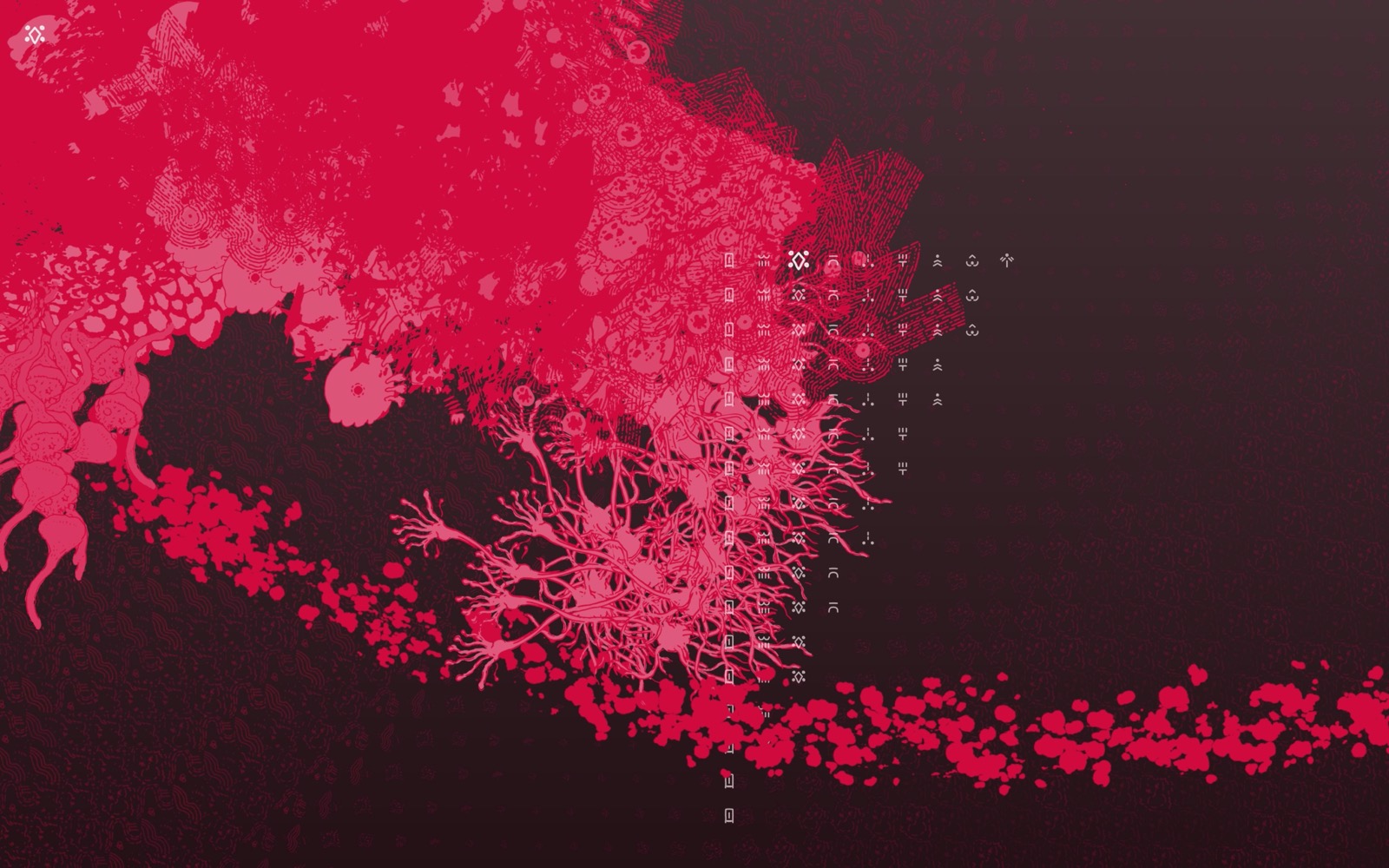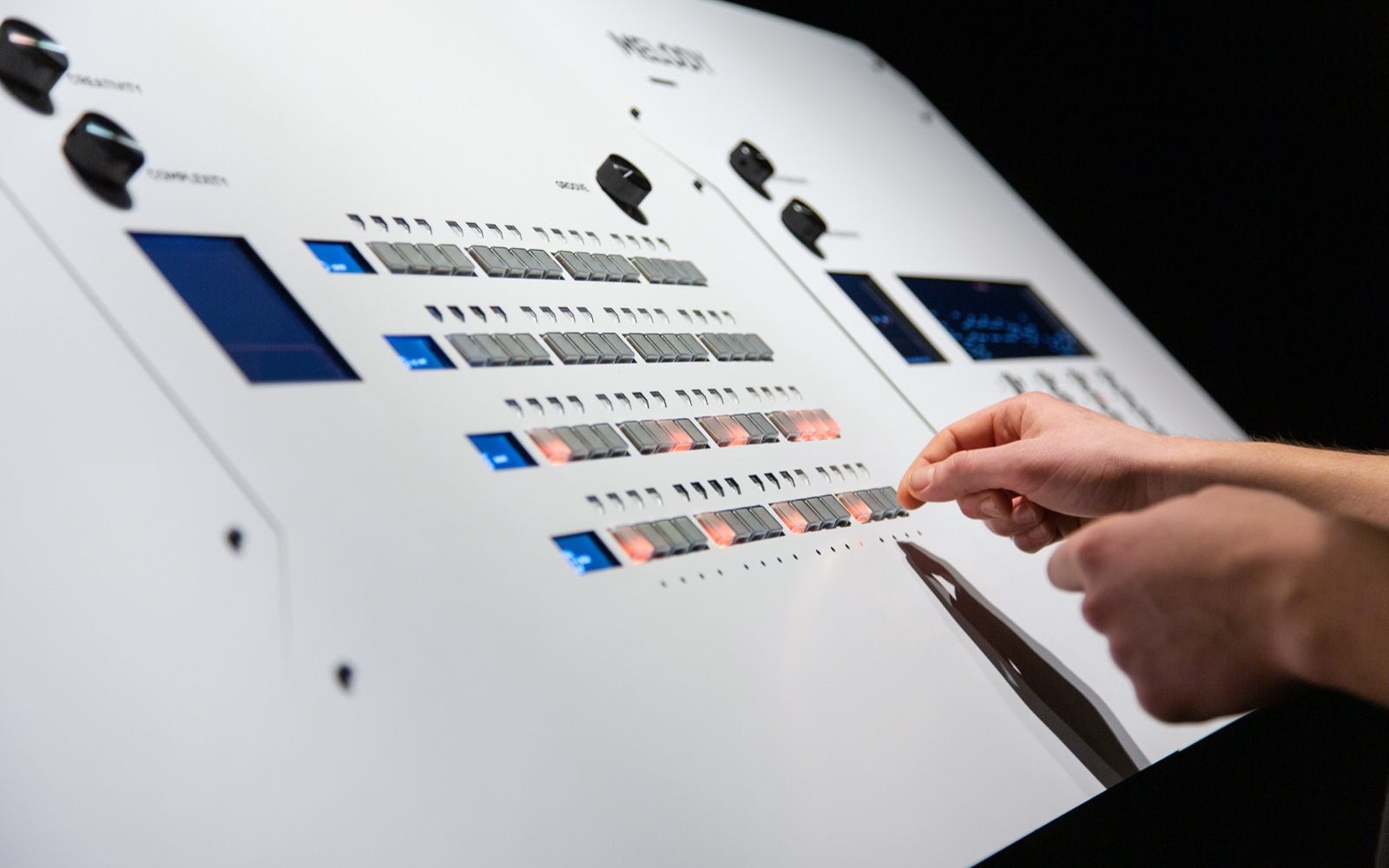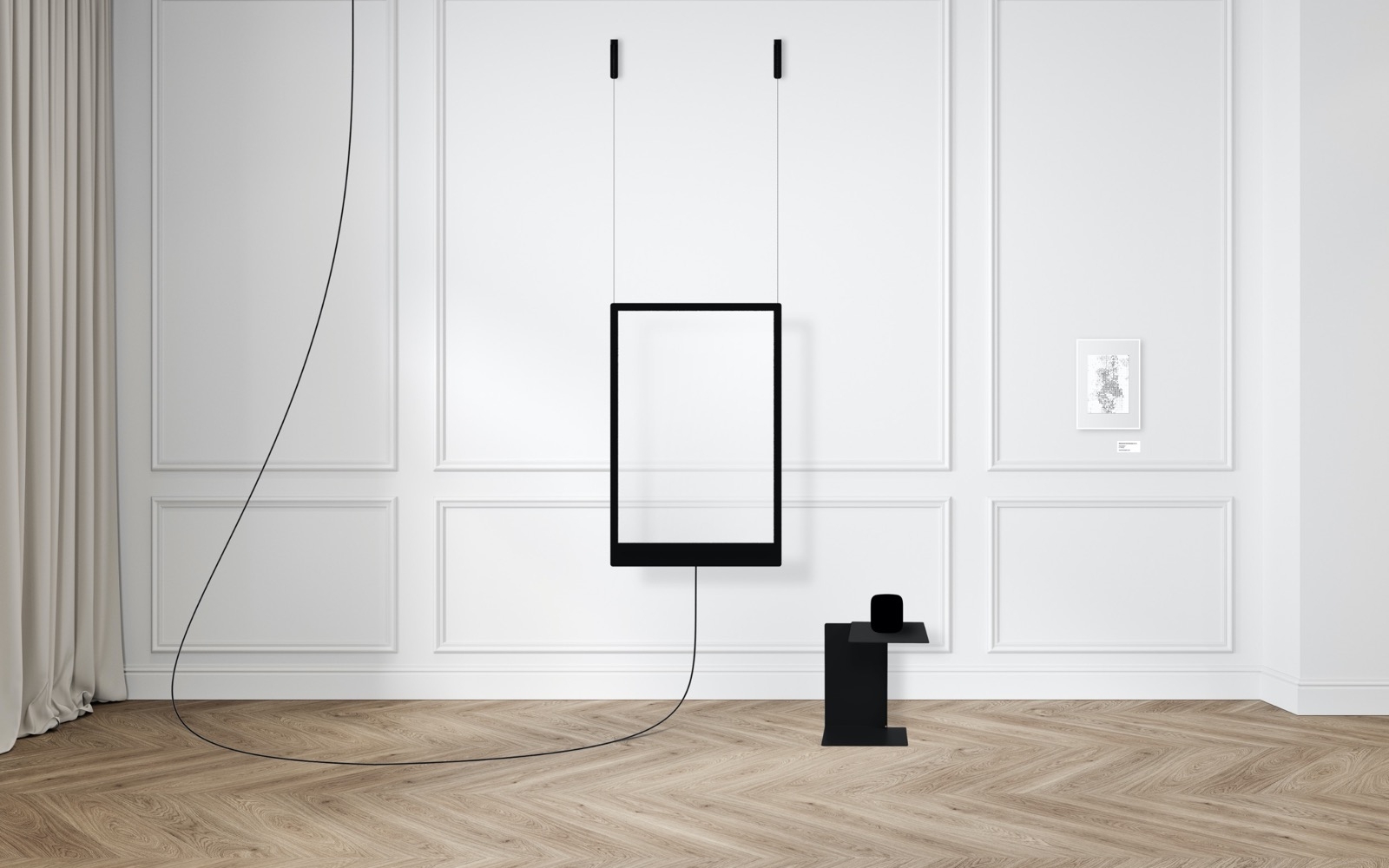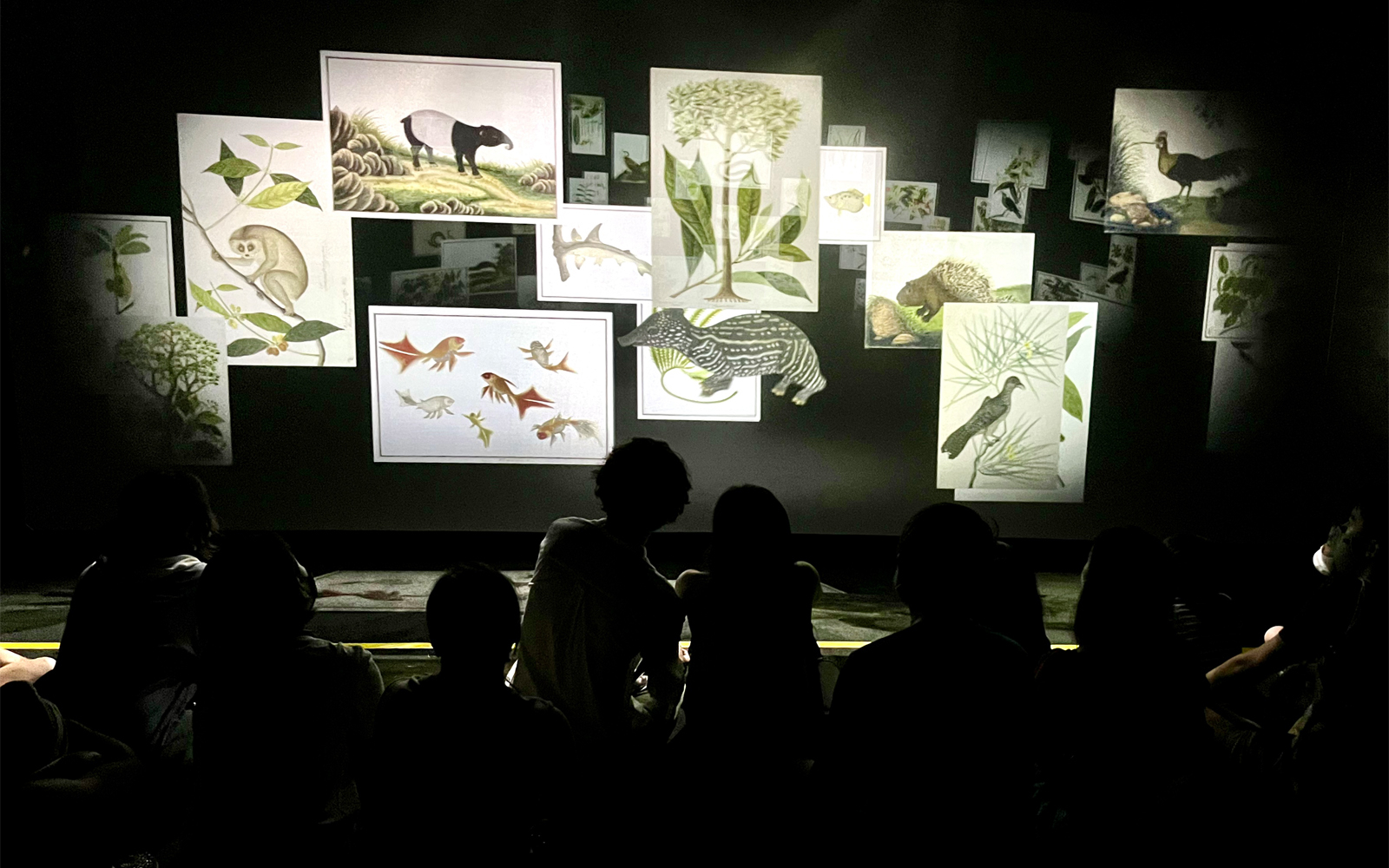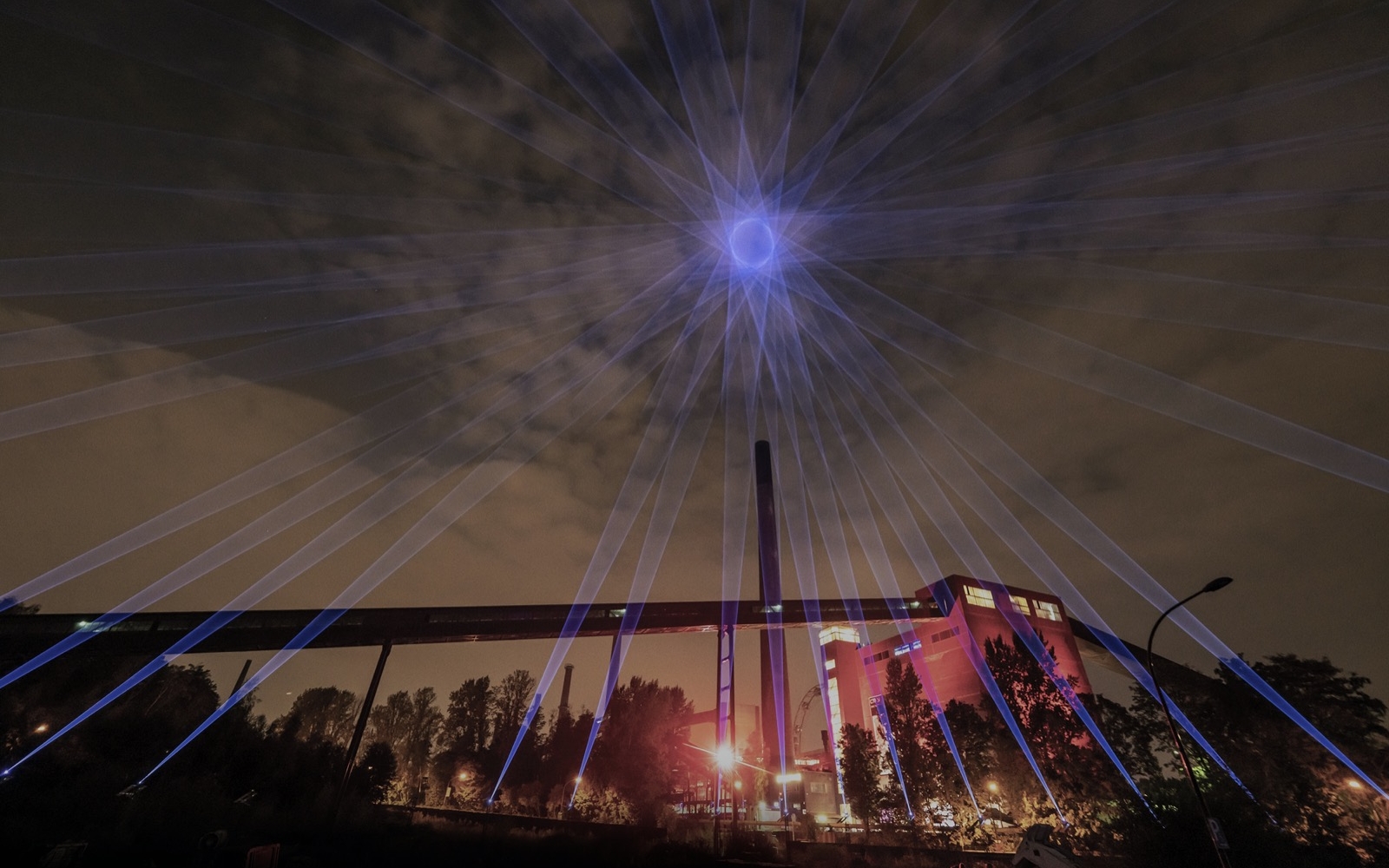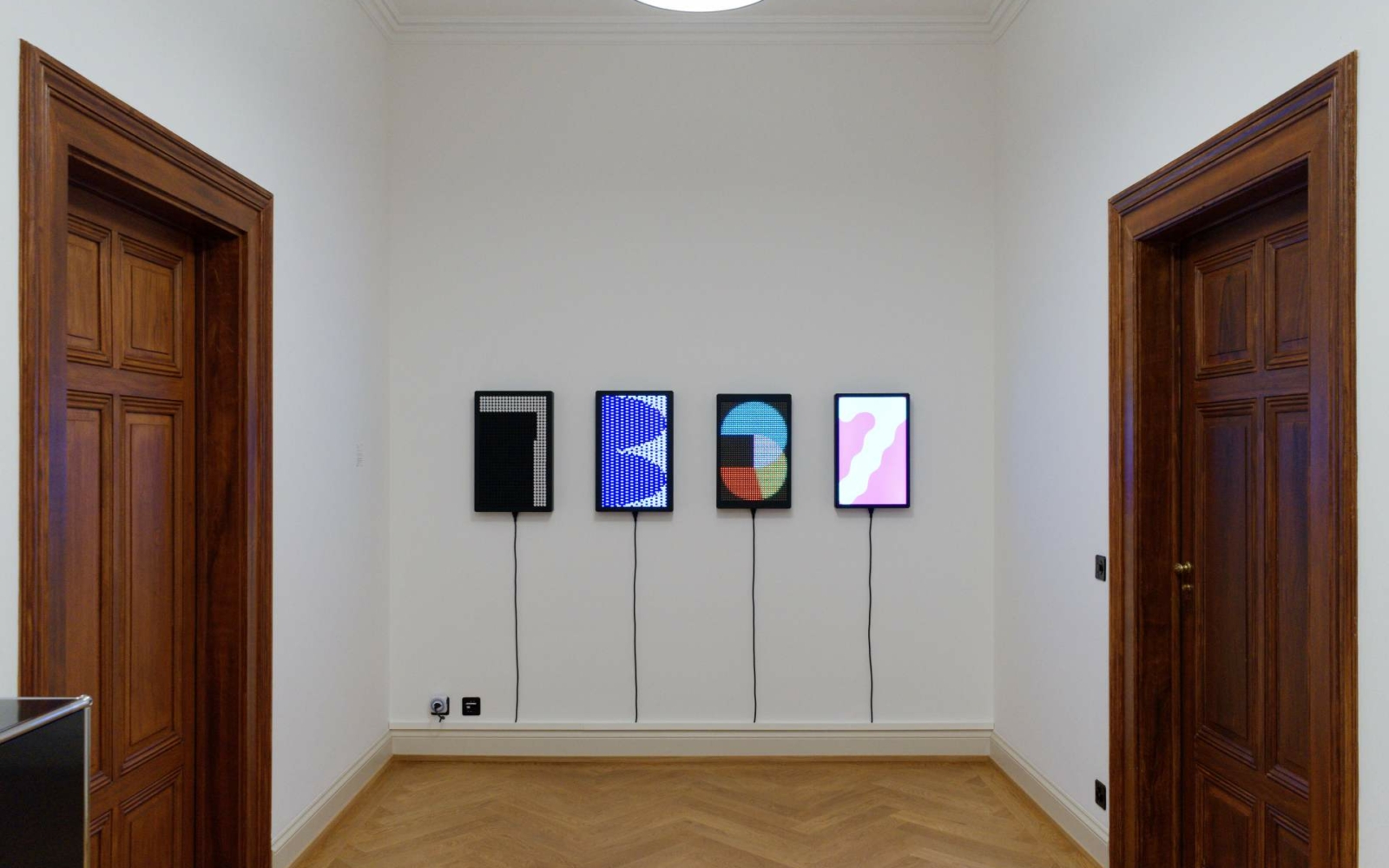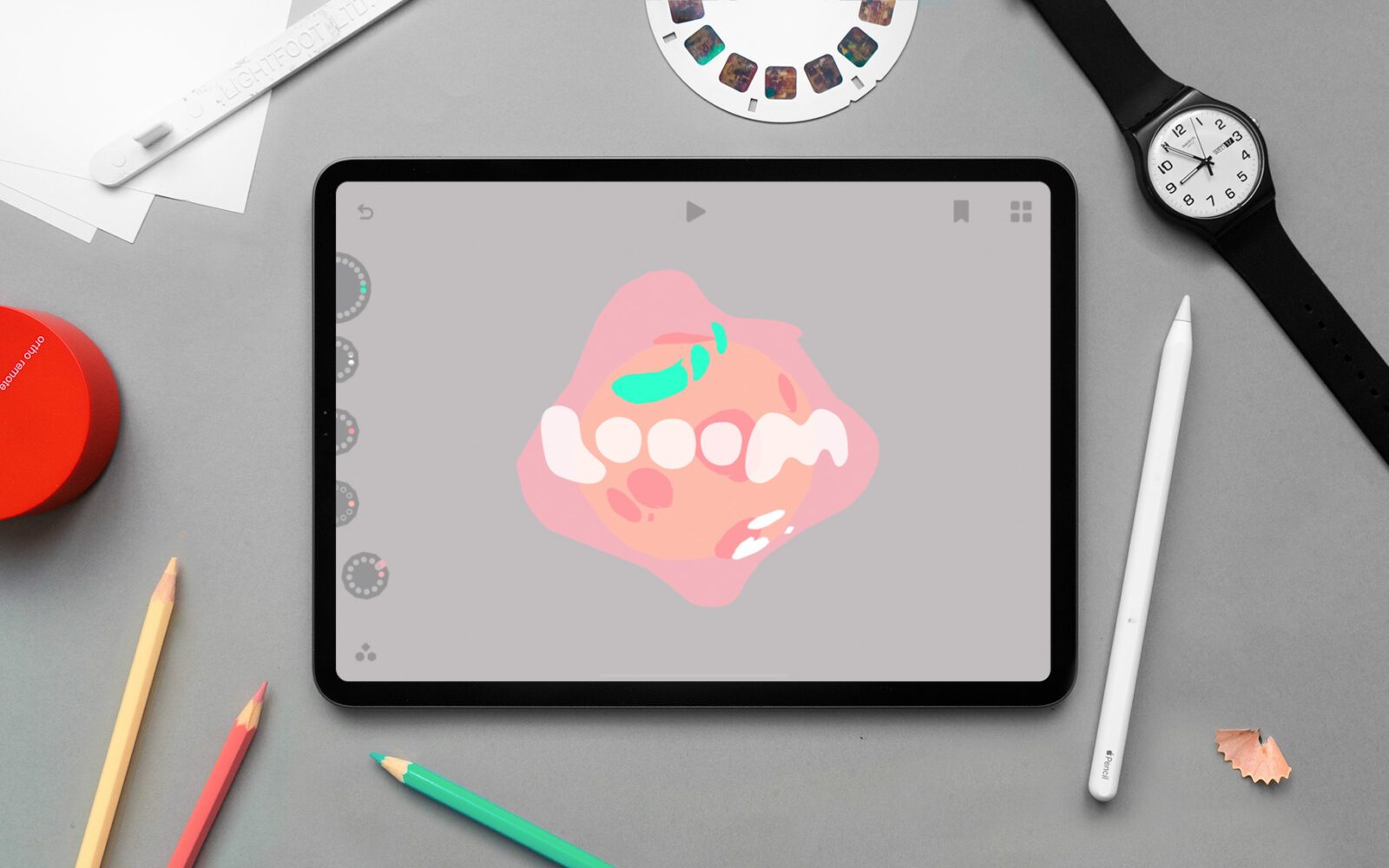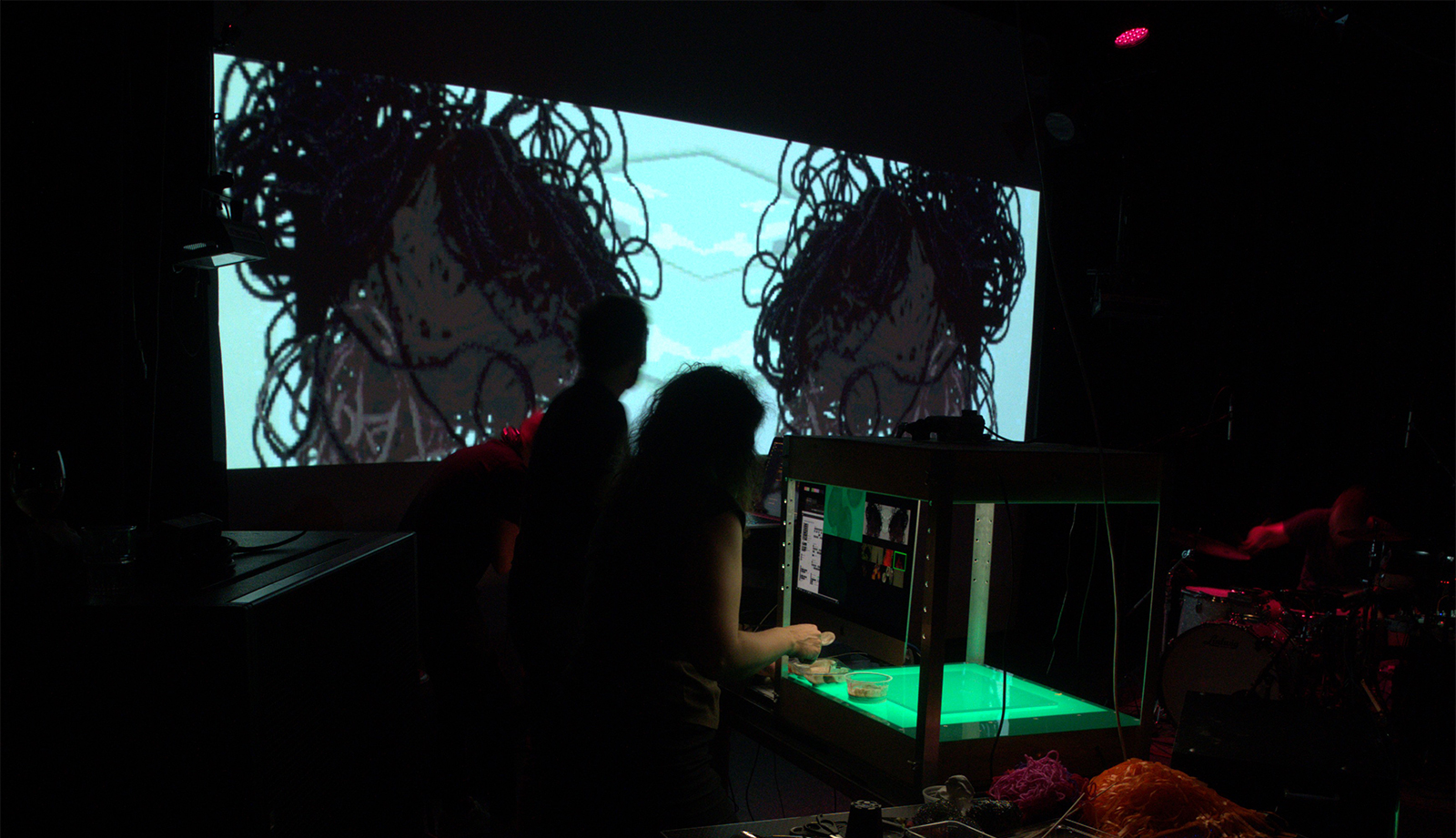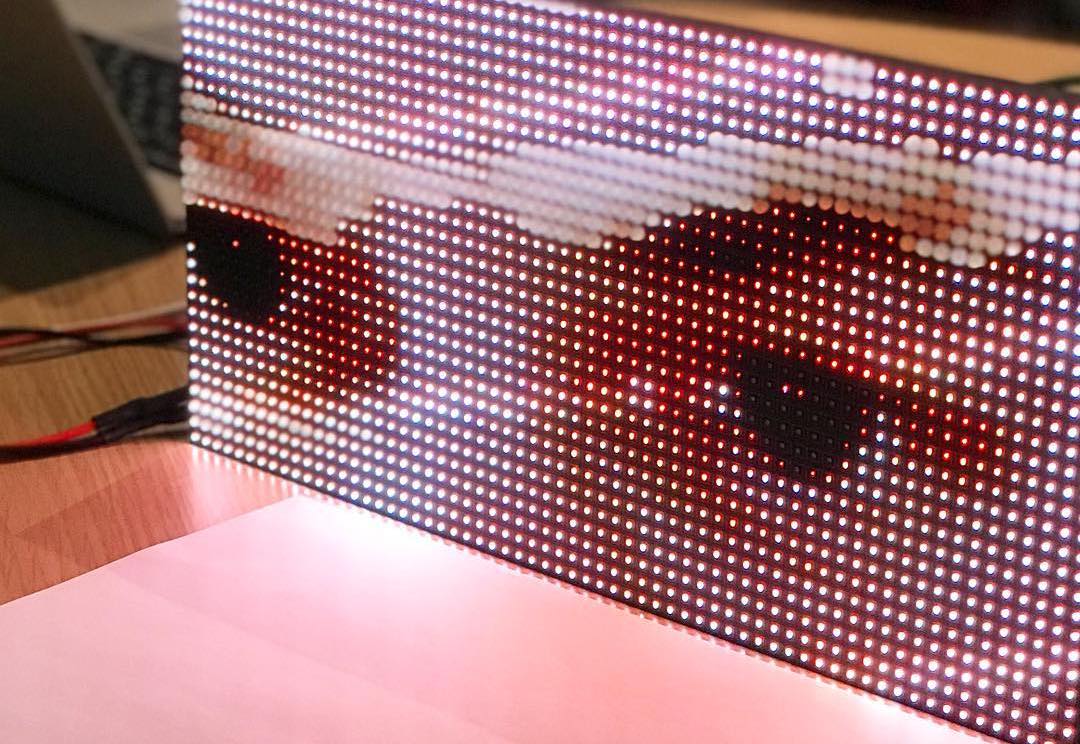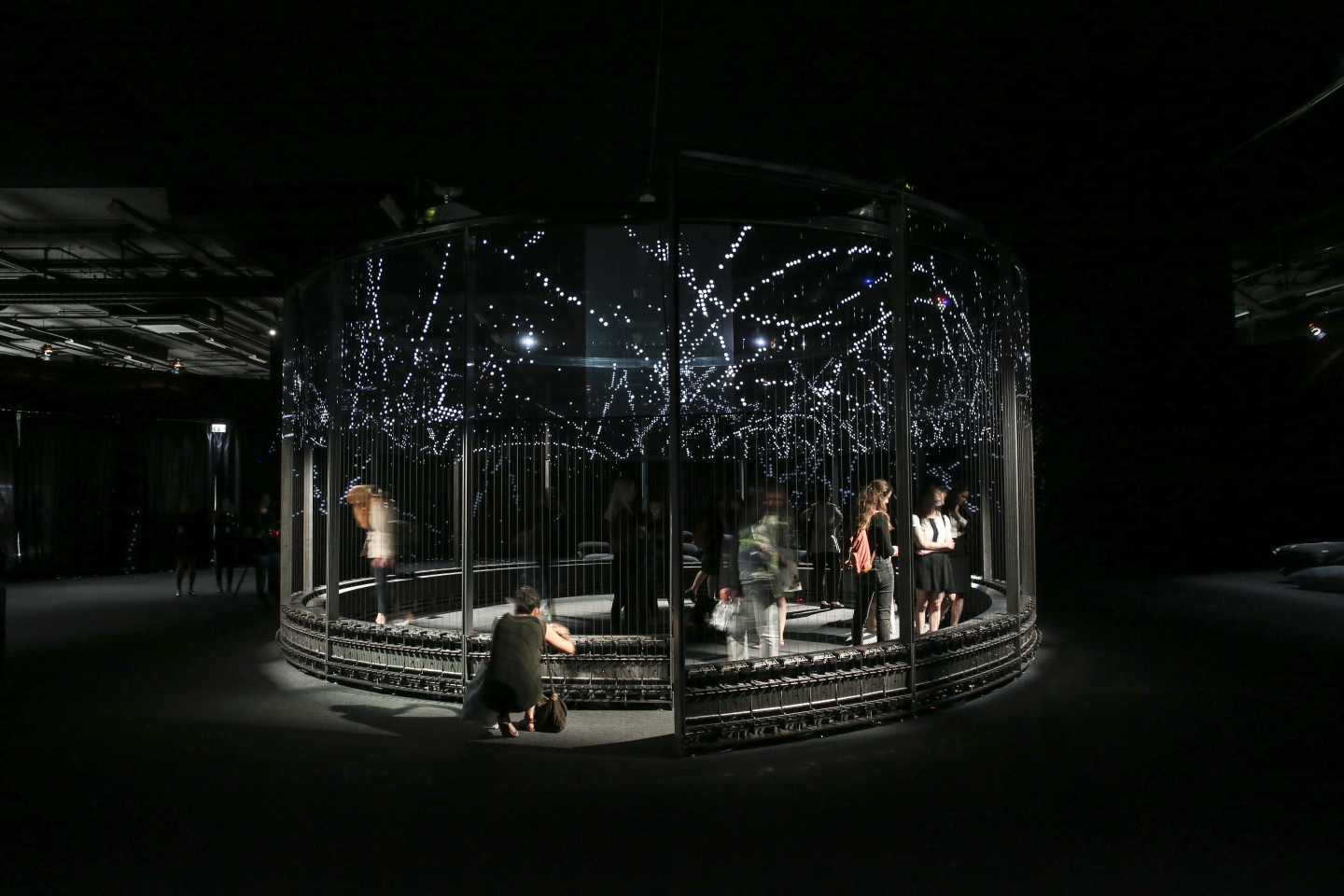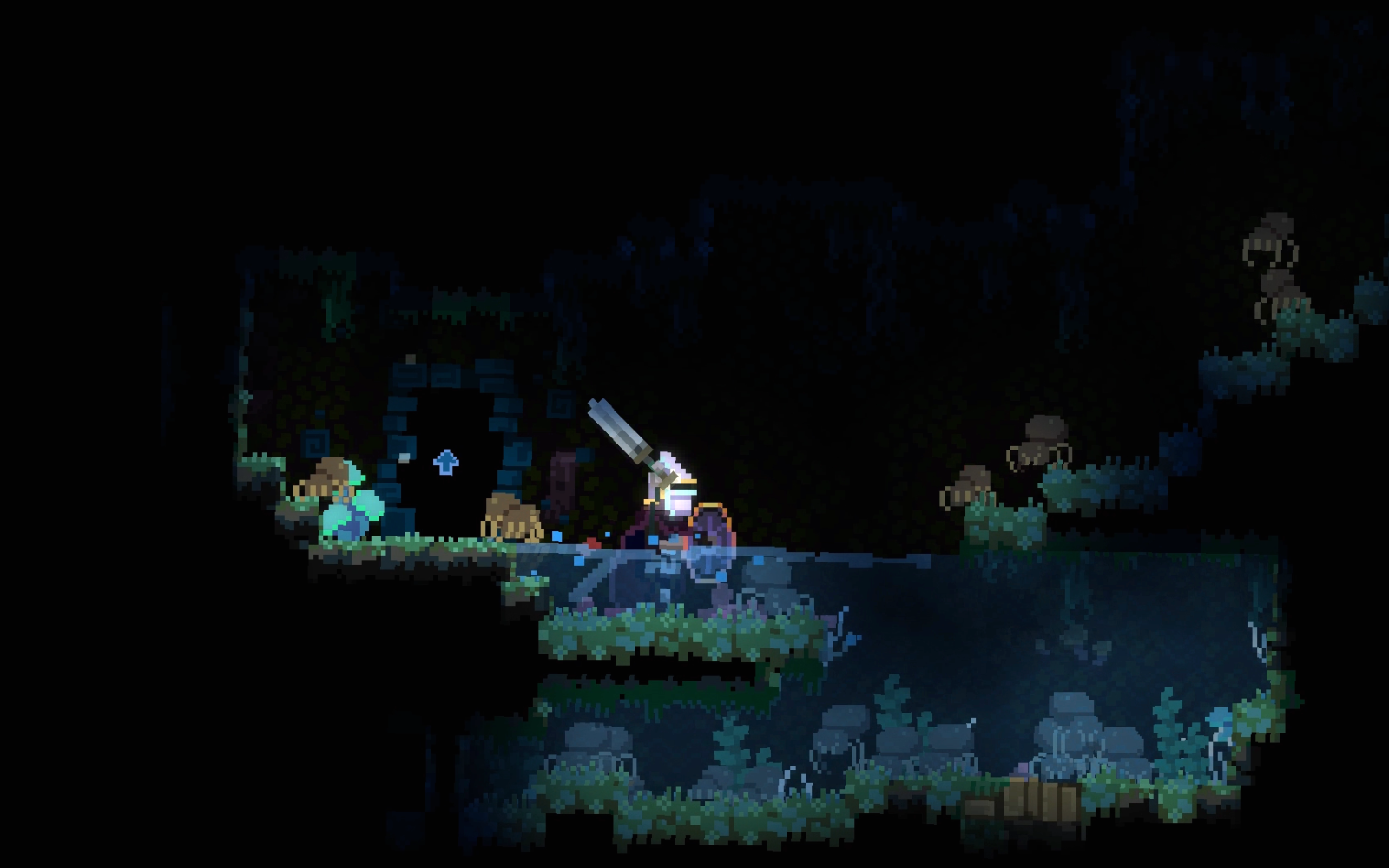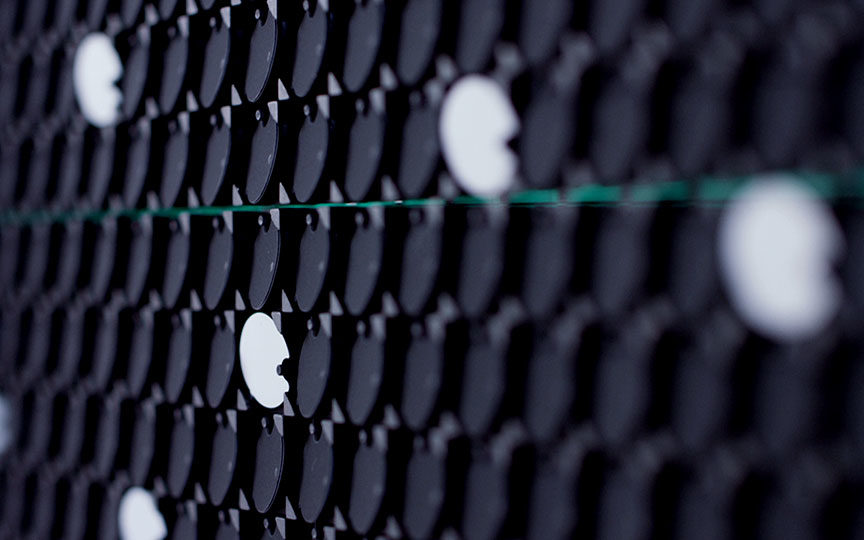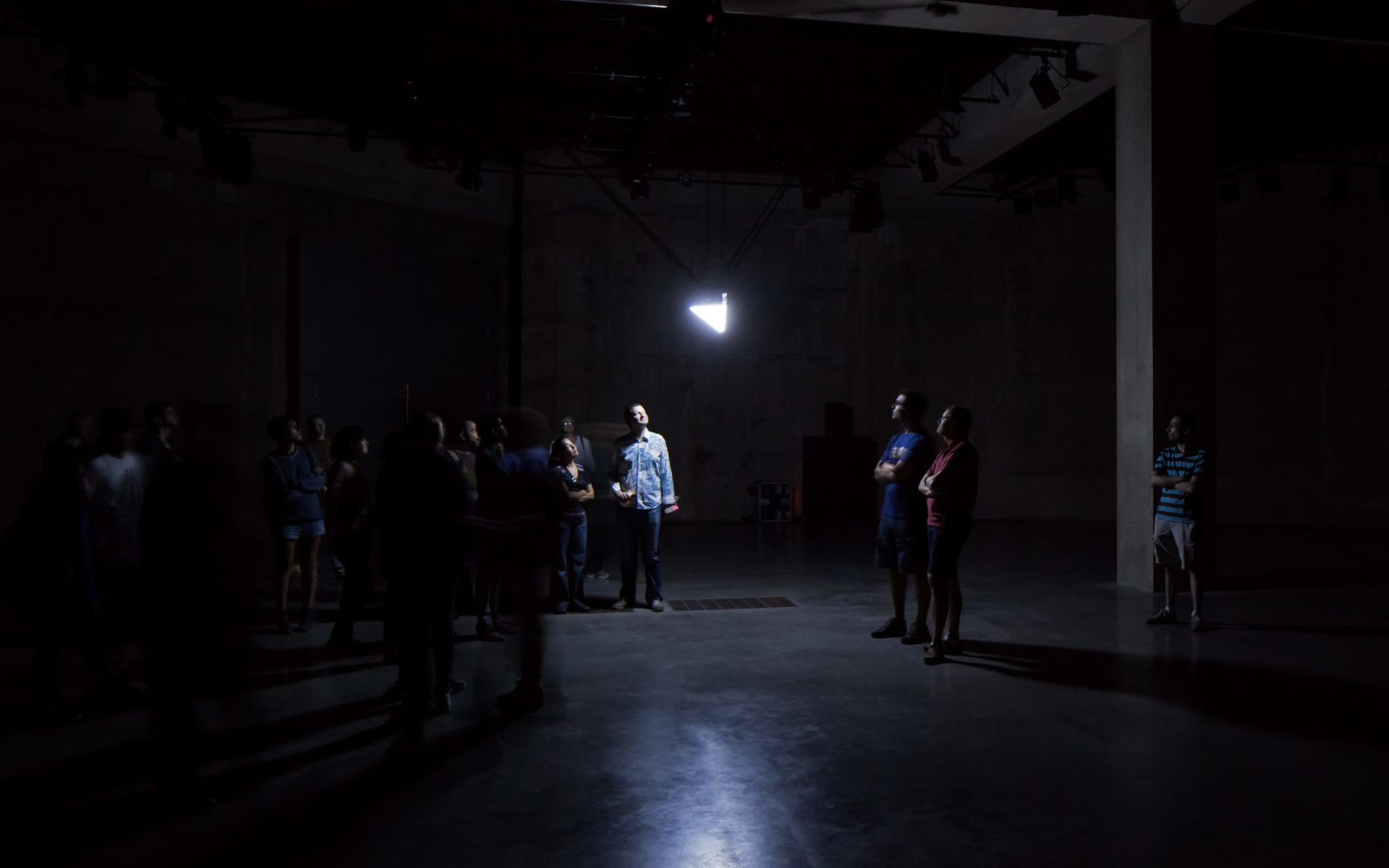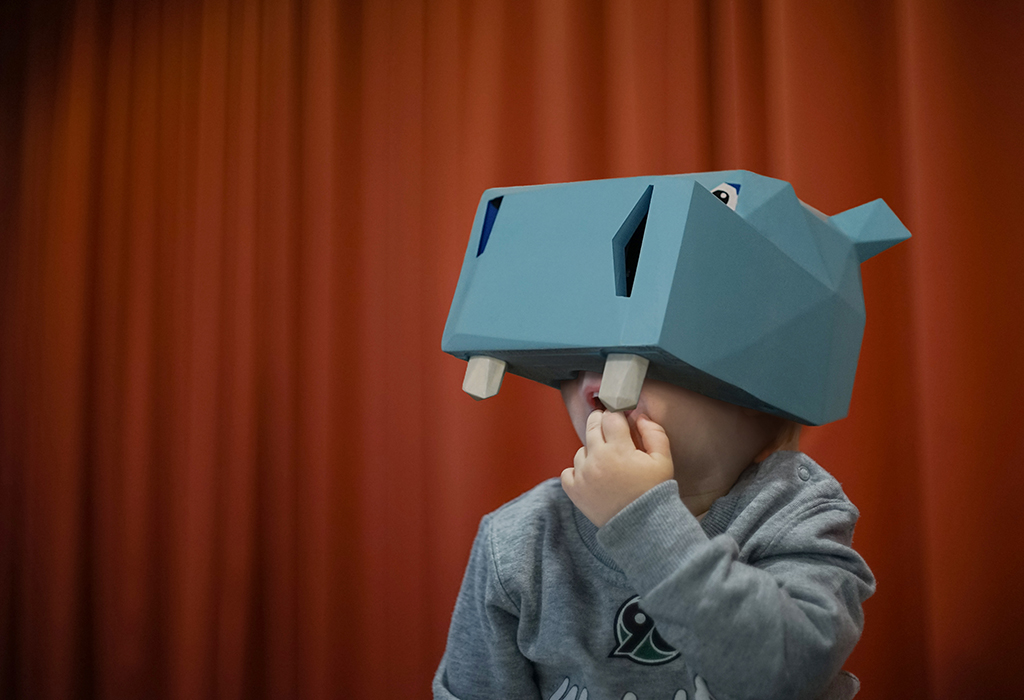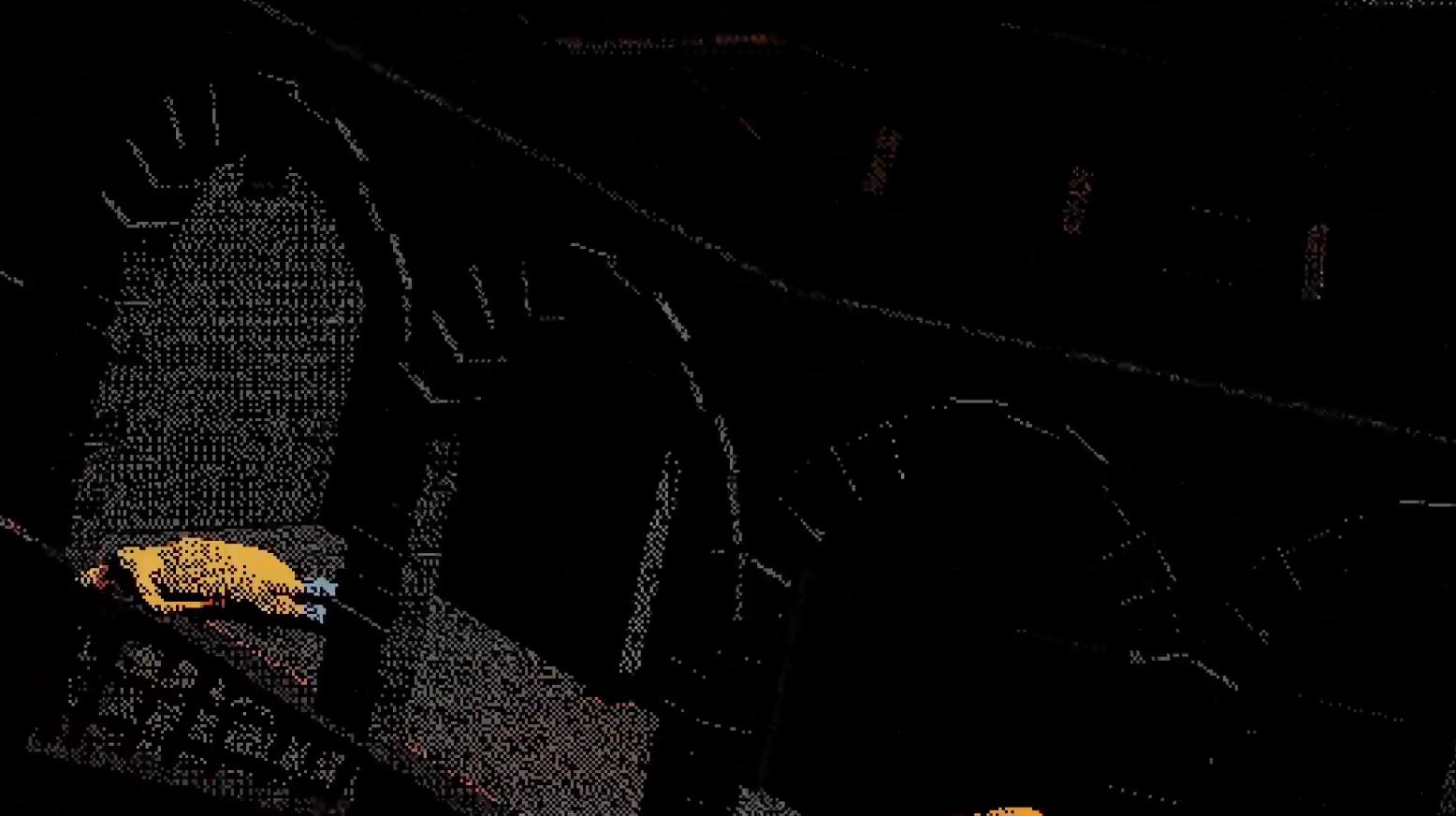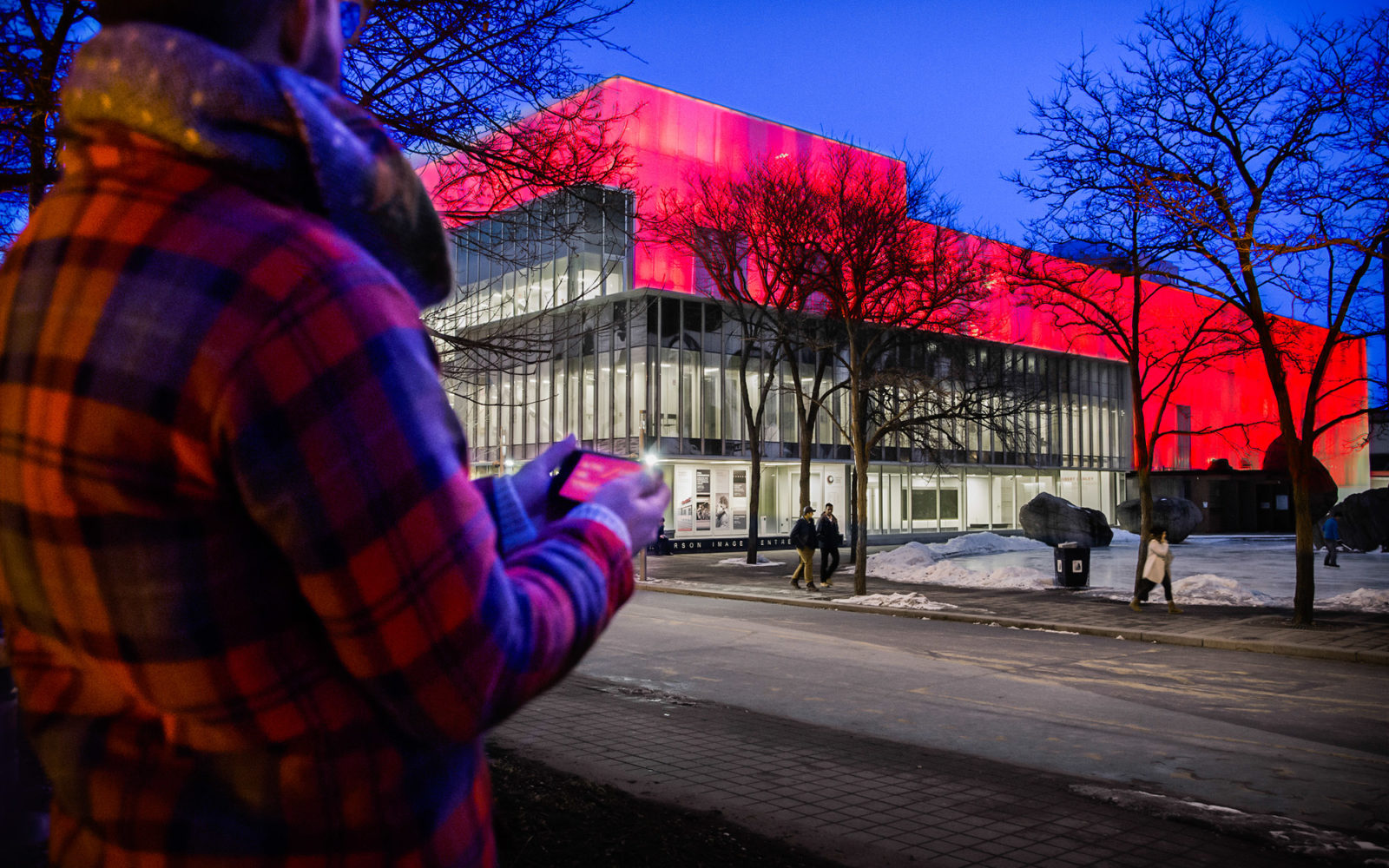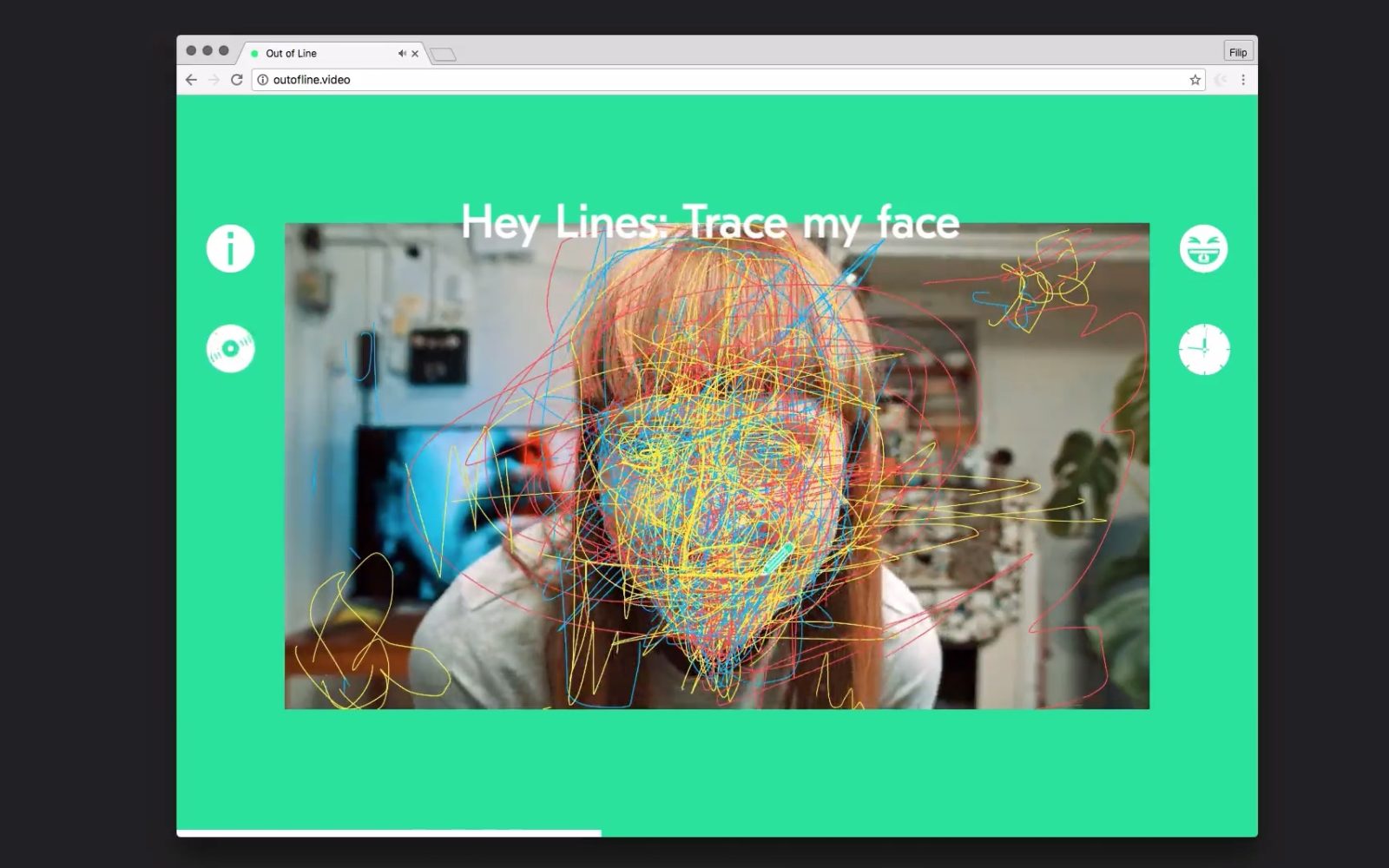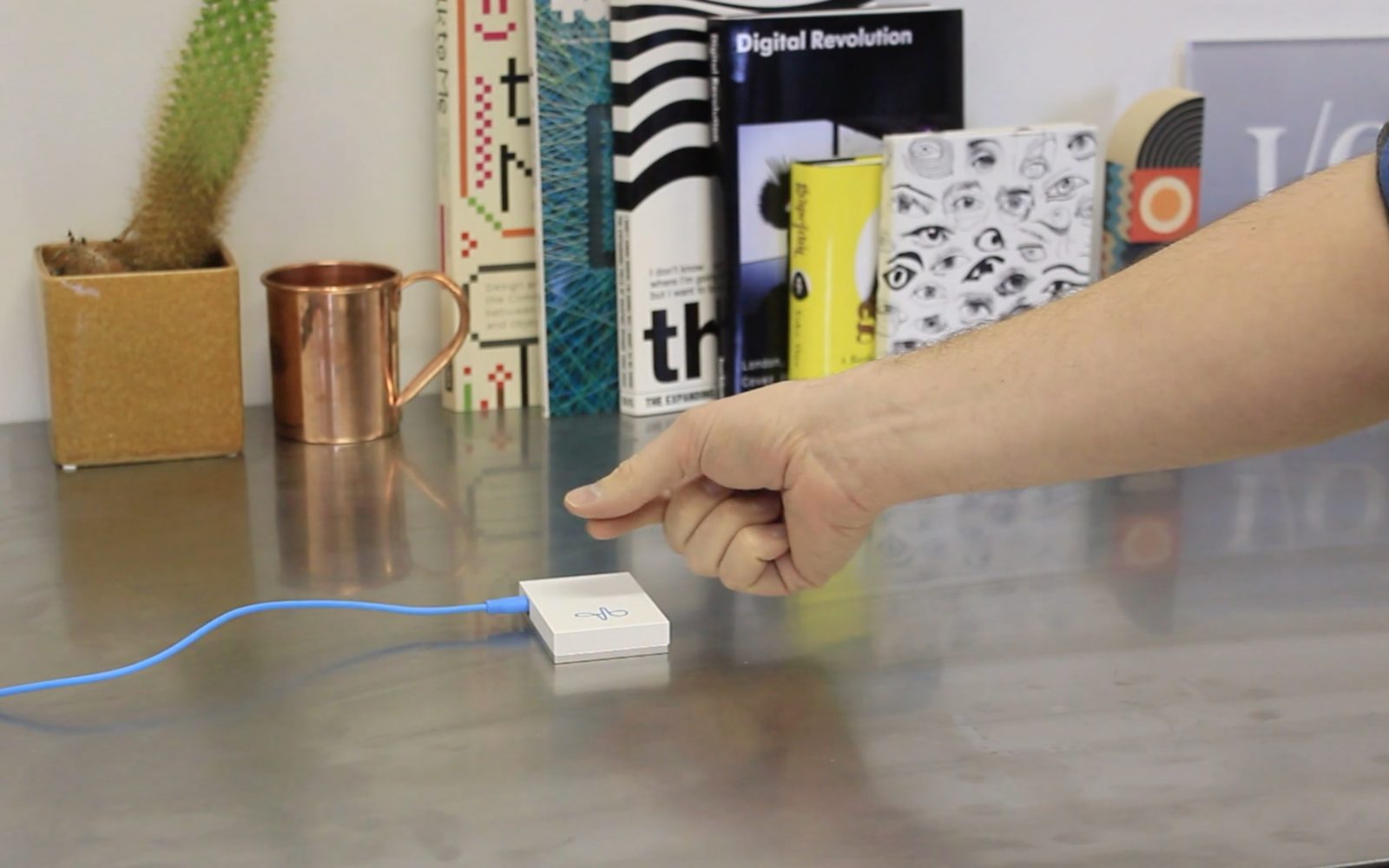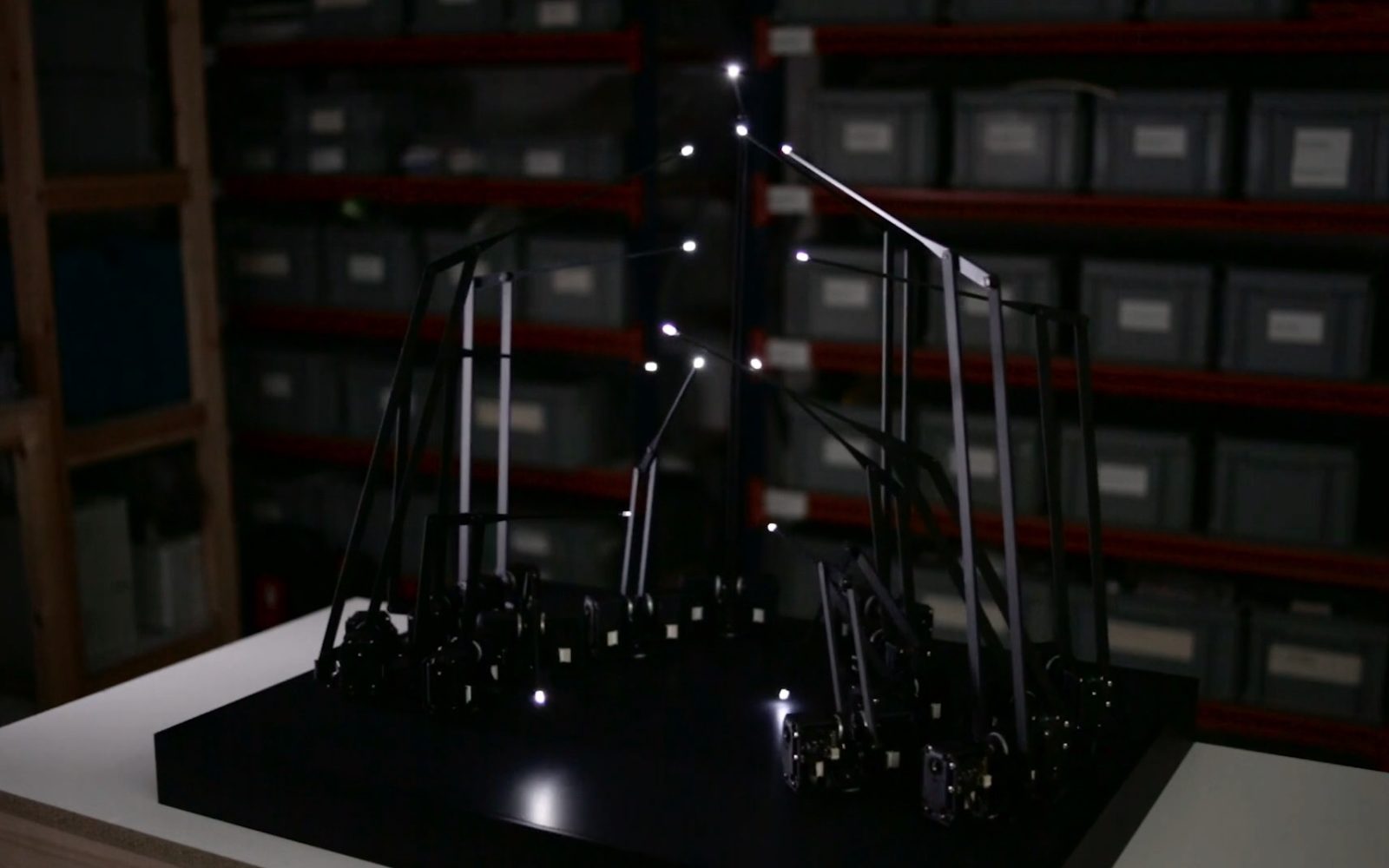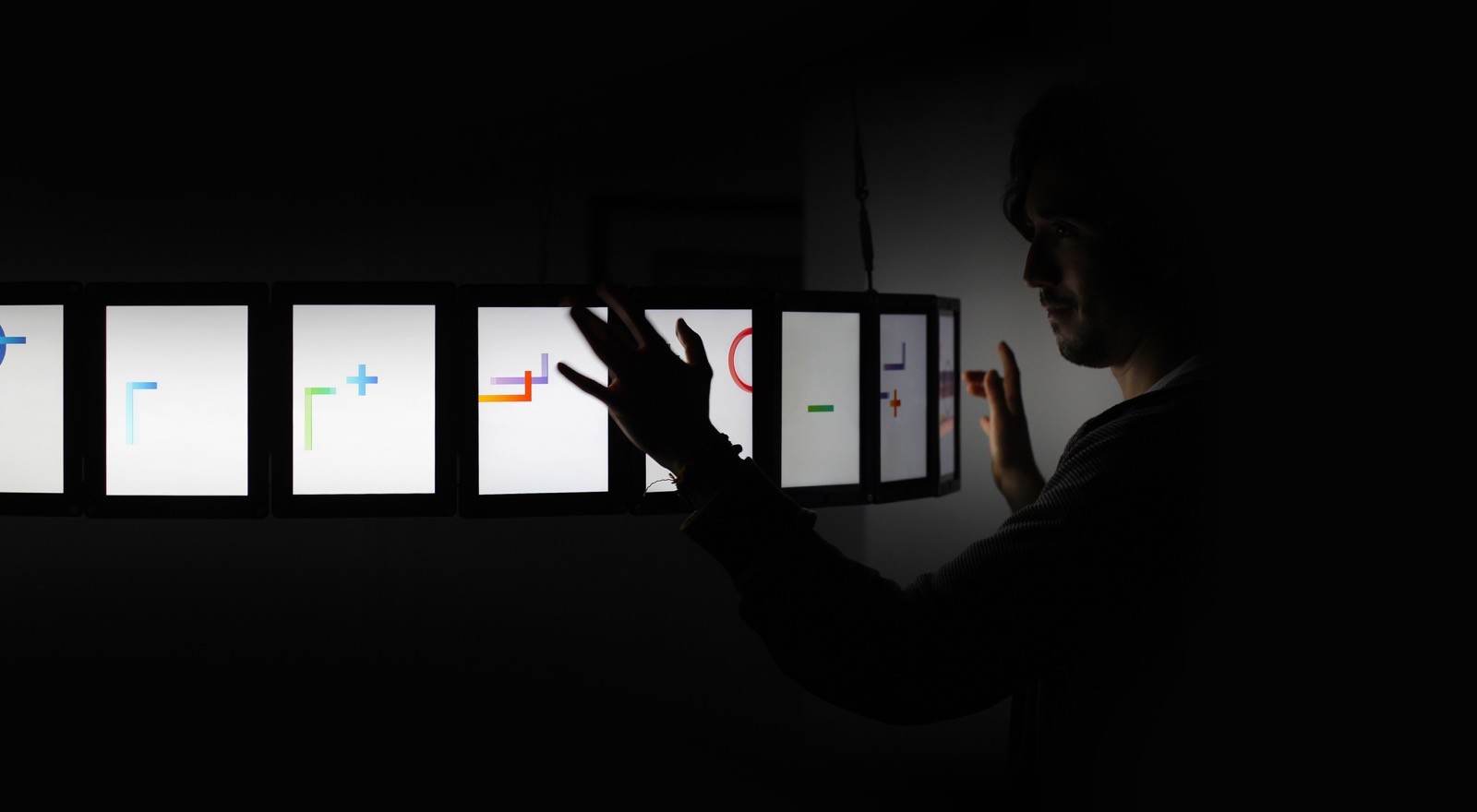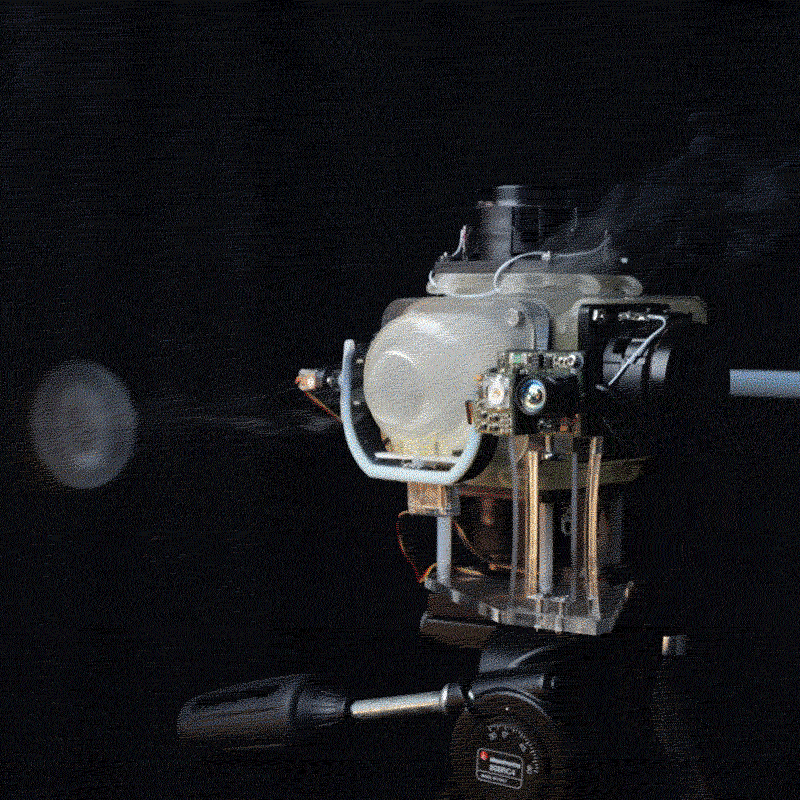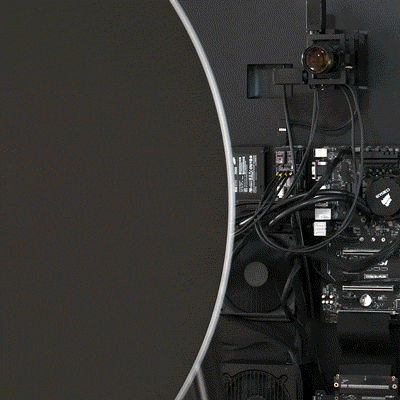/?s=animated type
Displaying search results
94 Results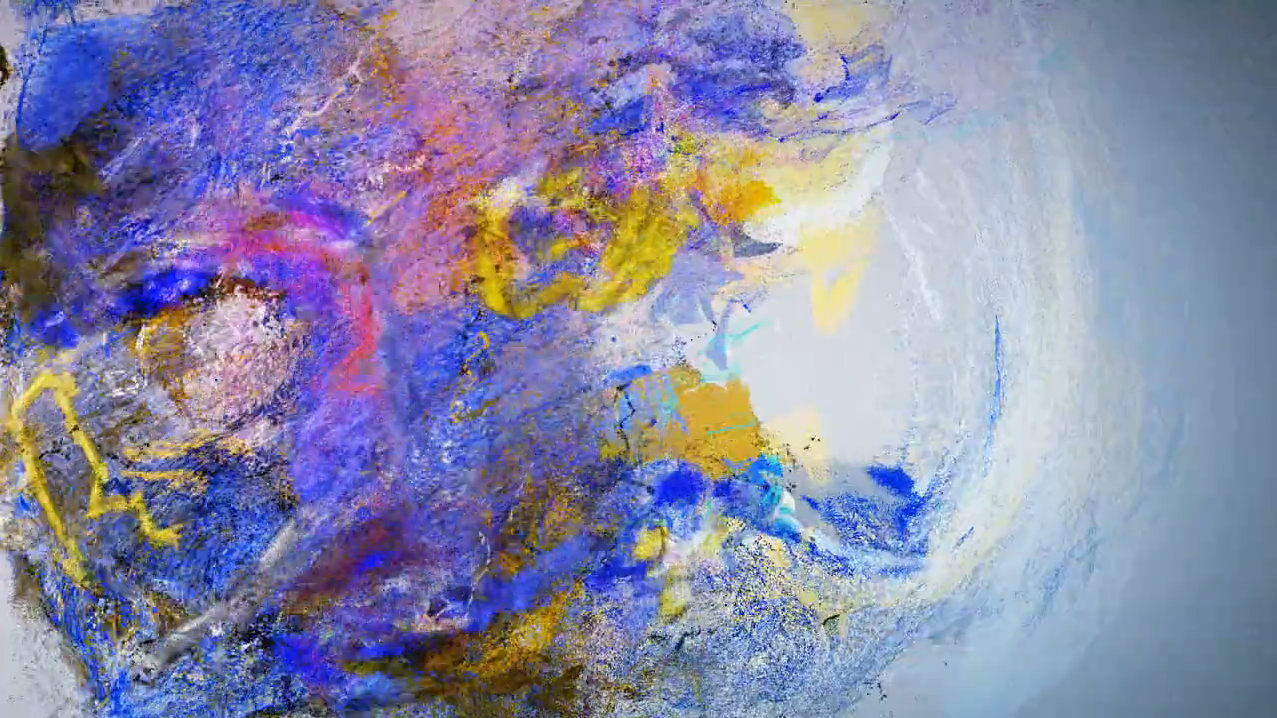
Ghost Are Dancing is a personal project made by Teresuac, mostly using Houdini with 2d motion vector technique combined with lighting in 3D. The resulting video is reminiscent of RGB+D project but with flair of drawings + watercolours by Kynd.
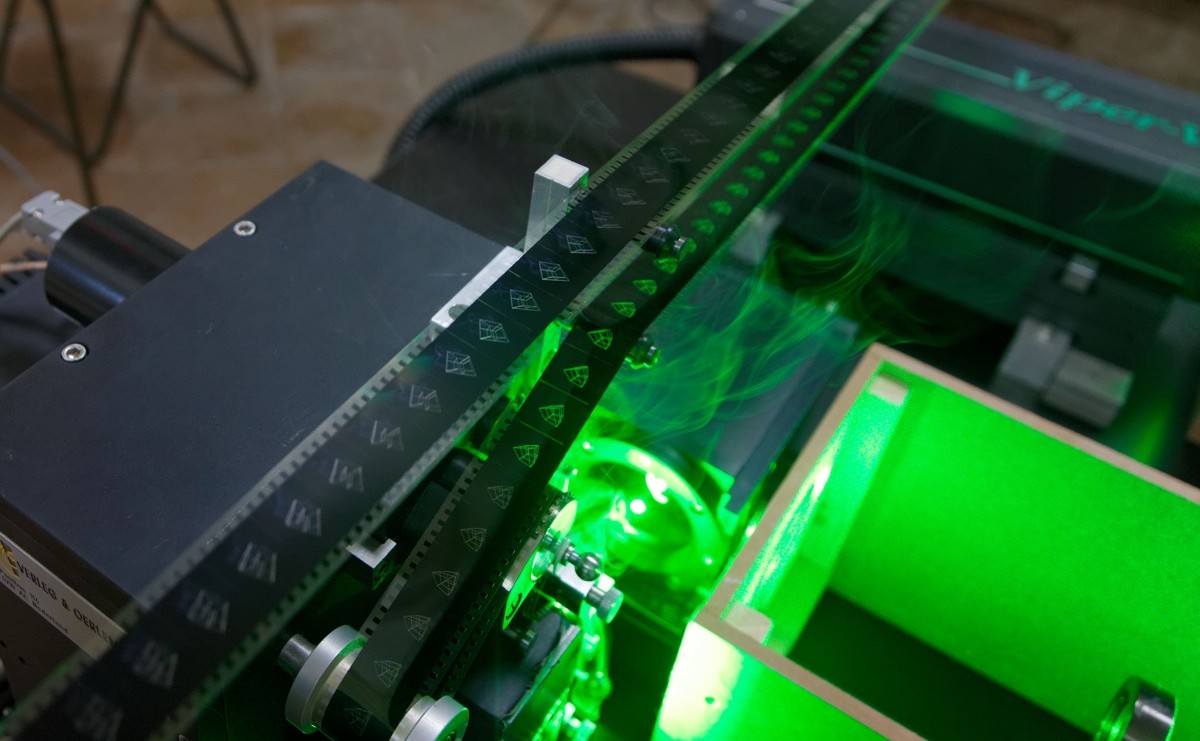
Created Jürg Lehni, Moving Picture Show is an installation presented during the 23rd International Poster and Graphic Design Festival in Chaumont where the Jesuit chapel was transformed into a workshop, a scenario of conception, production and a projection space. The installation deals with the current migration from analogue to digital film projection in cinemas across the globe by reappropriating a 35mm motion picture film using high-powered precision laser.
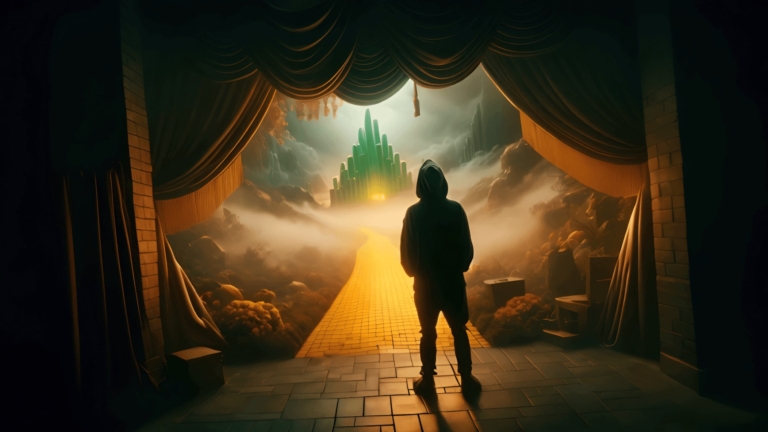
The Wizard of AI is a 20-minute (AI-generated) video essay by Alan Warburton about the cultural impacts of generative AI. Produced over three weeks at the end of October 2023, one year after the release of the infamous Midjourney v4, the video itself is “99% AI” and was produced using generative AI tools like Midjourney, Stable Diffusion, Runway and Pika.
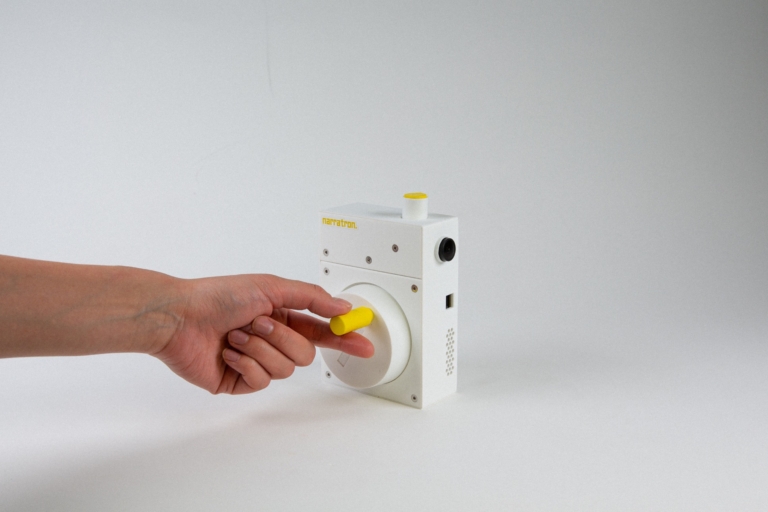
Narratron is an interactive projector that augments hand shadow puppetry with AI-generated storytelling. Designed for all ages, it transforms traditional physical shadow plays into an immersive and phygital storytelling experience.
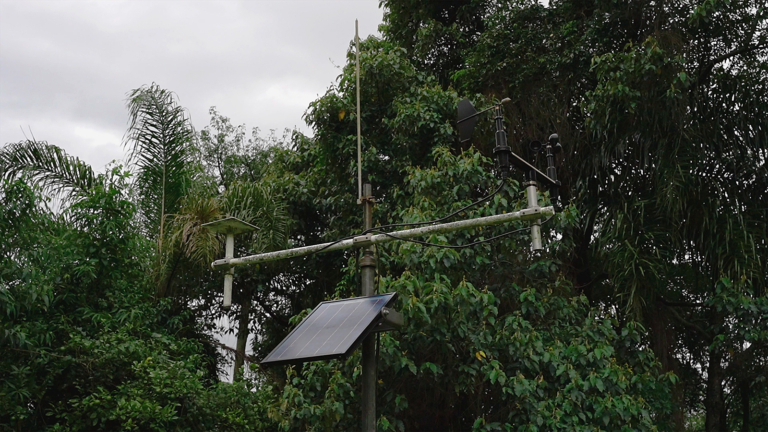
Build upon the fiction of a knot tied between the two tropical lines along the Atlantic forest in Jundiaí (BR) and the tropical desert in El Kharja oasis (EG), the project gathers and ties together voices from artists based within the tropics speaking with and about the tropical rain through their local perspectives.
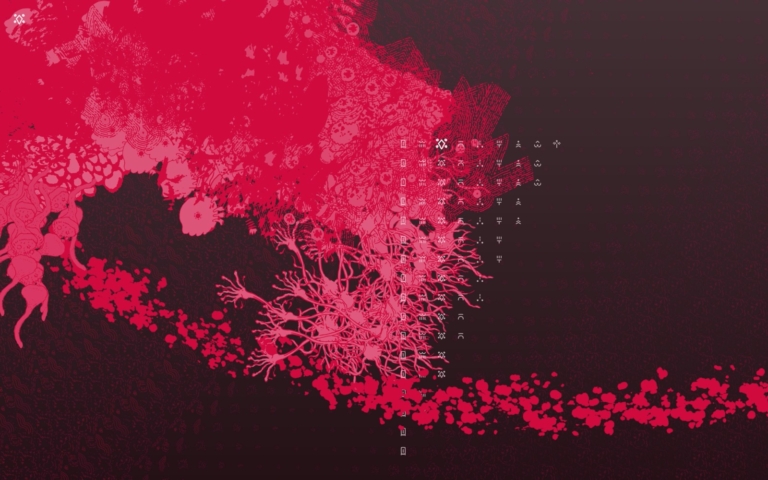
KRILLER is an eternally looping, seven day, globally synced audio-visual broadcast of synth soaked ambient software (online) experience. The weeklong broadcast is divided into 6300 software art ‘cassettes’, each bound to a specific moment of time during the week, minted by its fabricator, and seamlessly fusing with its predecessor and successor to form audiovisual duets and mashups.
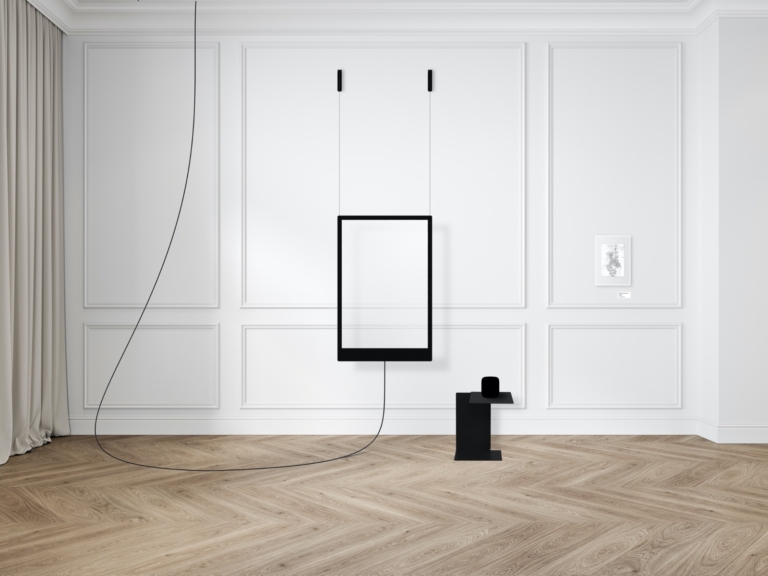
Created by computational media artist, designer and entrepreneur Andreas Rothaug from Futura Epsis 1, Lumos Ra is a lamp with app-connectivity that interprets music, playfully exploring color gradients: an interactive experience stimulating and merging the visual and acoustic senses.
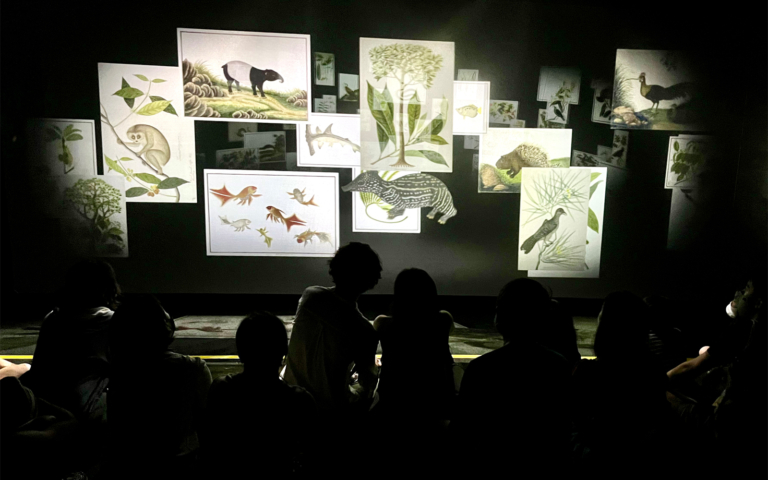
In “Voyage”, we travel through Southeast Asia, exploring its flora and fauna through watercolours selected from the National Museum of Singapore’s William Farquhar Collection of Natural History Drawings.
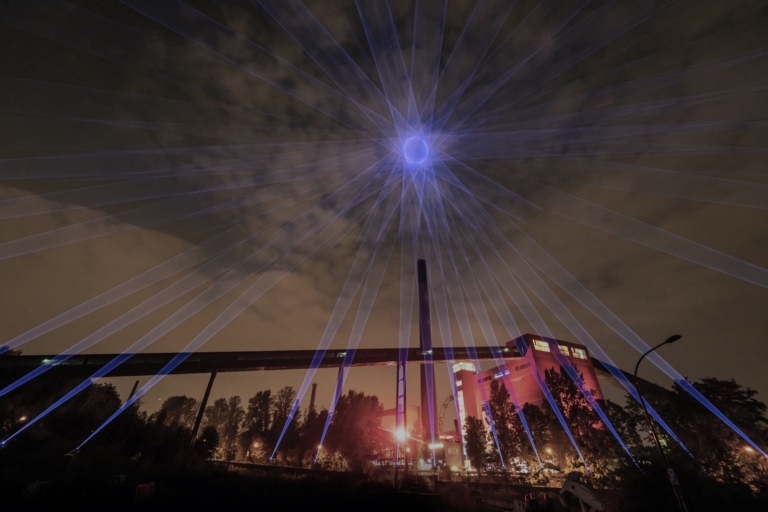
Created by Kimchi and Chips, ‘Another Moon’ is a large-scale outdoor apparition that creates a technically sublime second moon in the sky. 40 towers collect the sun’s energy during the day and project that light back into the sky at night, creating a second moon overhead.
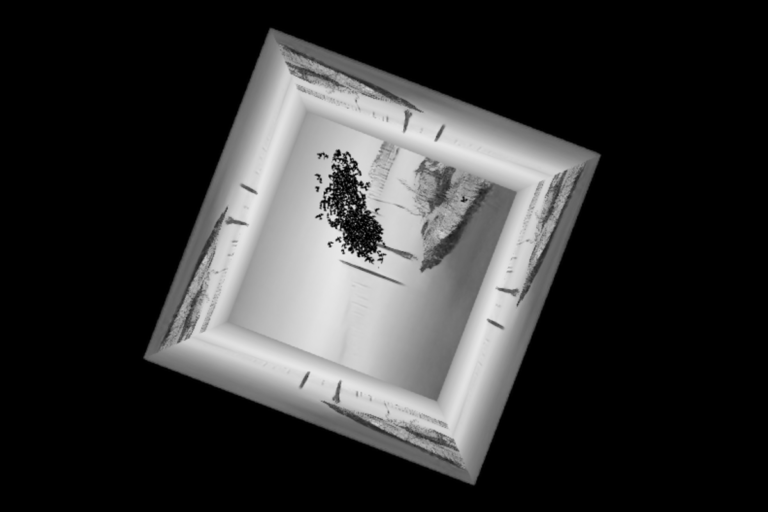
The Lost Passage is an interactive experience for the web that creates a new digital home for an extinct species called passenger pigeon. It’s a digitally crafted world of a swarm of artificial pigeons, which seem to be inhabiting a sublime yet destitute memory of a lost landscape.
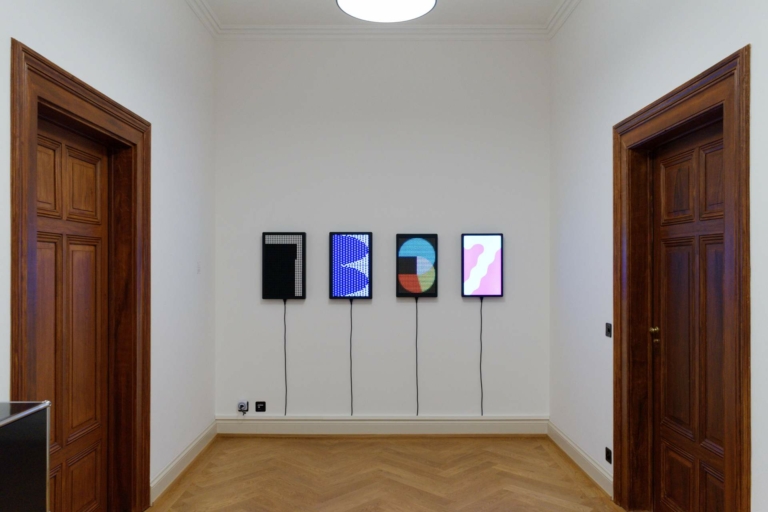
Created by Jürg Lehni for the collection of HeK – House of electronic Arts in Basel, ‘Four Transitions’ is an artwork about the passing of time. Together, four displays work in tandem to unveil the current time, with each unit taking one minute to compose one numeral, deploying visual compositions and choreographies that correspond to the nature and character of each technology.
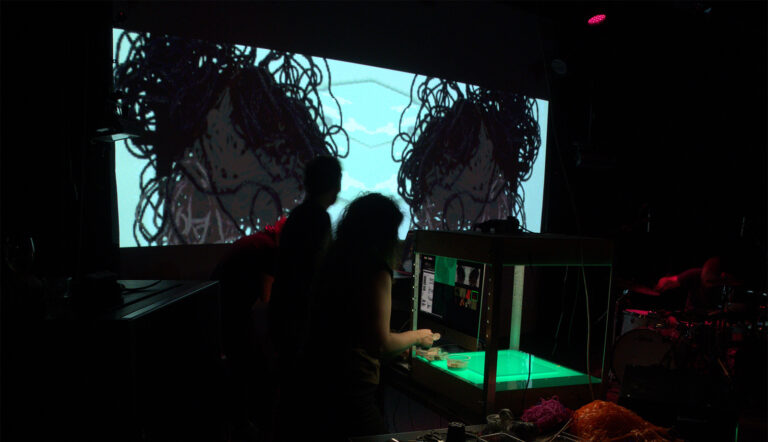
Loud Matter is a new audiovisual live performance that unites live created stop motion animation, drums, live code & 8 bit chiptune music. Using stop motion technique to animate physical materials, a classic animation technique born in the 1920´s that evolved throughout the century used for creating animated tv series and films before CGI largely took over as…
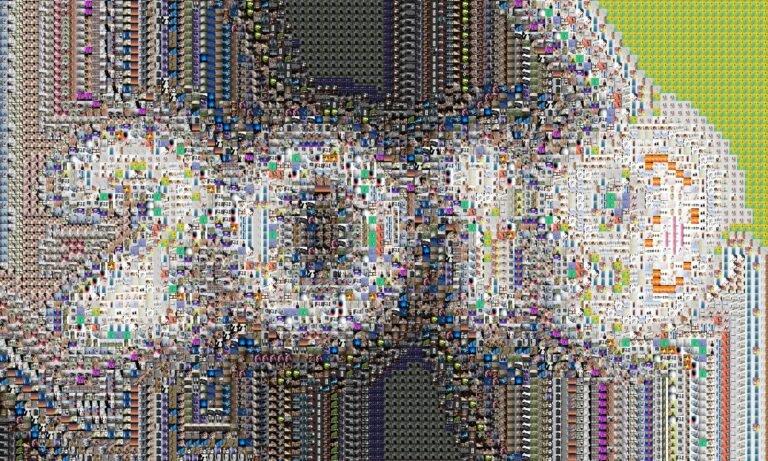
As per tradition each year, December is when we look back at the amazing work published on CAN. From ingenious machines and installations to mesmerising experiences that leverage new mediums for artistic inquiry – we added scores of projects to CAN’s archive in 2019. Here are some highlights.
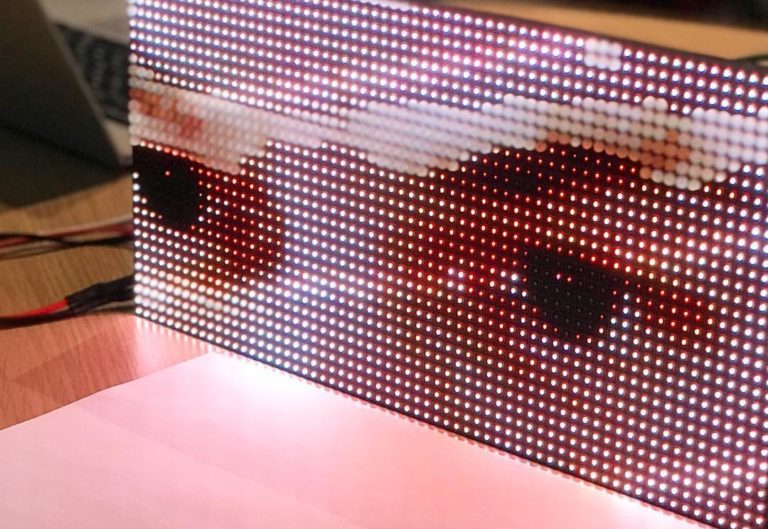
This past March, CAN joined forces with UAL Creative Computing Institute to present the first in a series of events that examine new forms of cross-disciplinary art and design practice. Entitled Document 1., the event was comprised of a workshop, seminar, and symposium, and took place at UAL’s newly refurbished Camberwell College of Art in London.
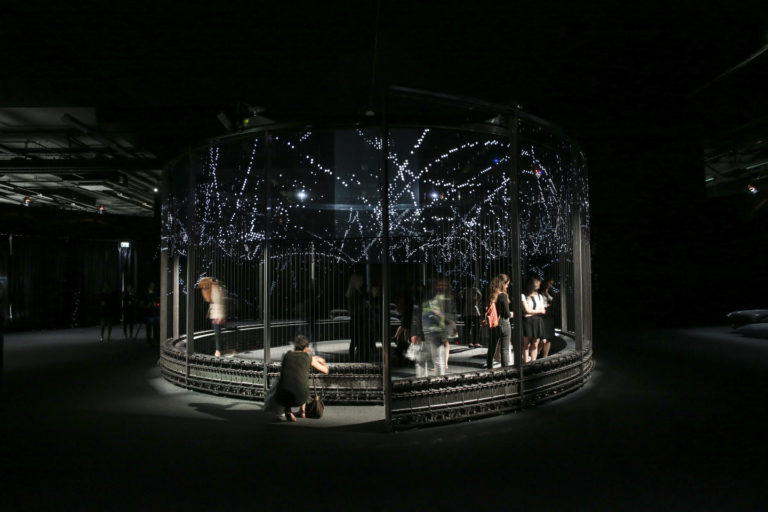
HALO is a large scale immersive artwork which embodies Semiconductor’s ongoing fascination with how we experience the materiality of nature through the lens of science and technology.
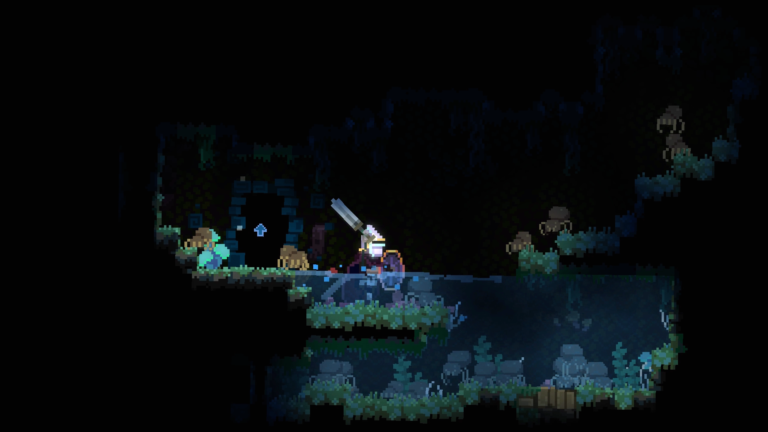
Created by Wizard Mode (Ben Porter), MoonQuest is a single-player procedurally-generated adventure game set in a strange nocturnal world. The gameplay is a mix of roguelike and minecraftian genres and sits somewhere between Terraria and Spelunky, with the main aim to search the generated world for moonstones.
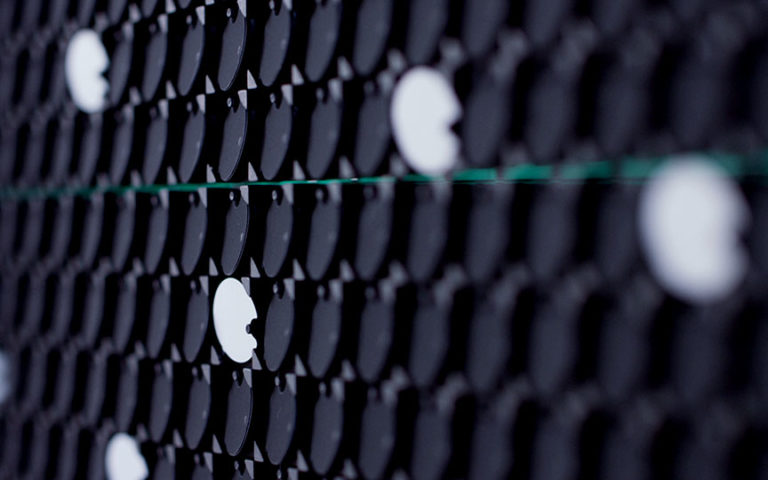
Gysin-Vanetti (Andreas Gysin & Sidi Vanetti) are an artist duo exploring images and patterns using the type geometries of multipurpose displays. What characterises the projects shown here is that their intention is to not modify the layout (or visual organisation) of the chosen hardware – they work with what the existing has to offer. Within these hard constraints they search for infinite visual permutation. Using only type and digit, Gysin-Vanetti build images, animations and generate patterns.
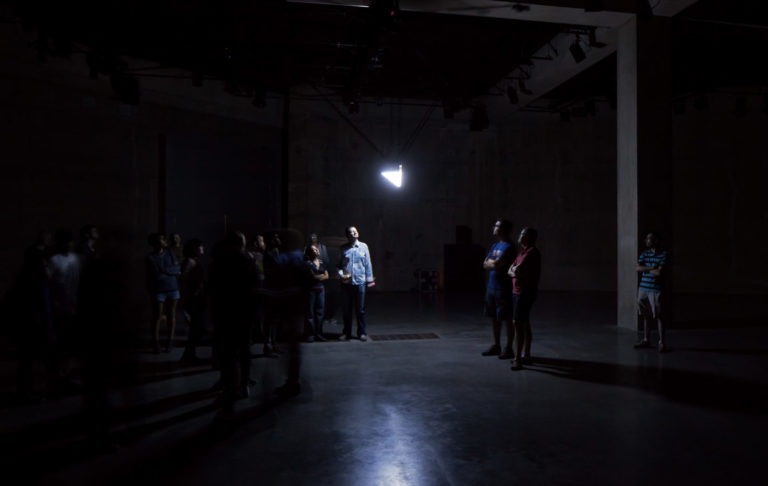
This summer, visitors to Sao Paulo’s Itau Cultural Gallery find themselves face-to-face with a host of artificial life forms. Amongst them is a new version of artist Ruairi Glynn’s interactive installation ‘Fearful Symmetry’, which was first shown at the Tate Modern, London, in 2012.
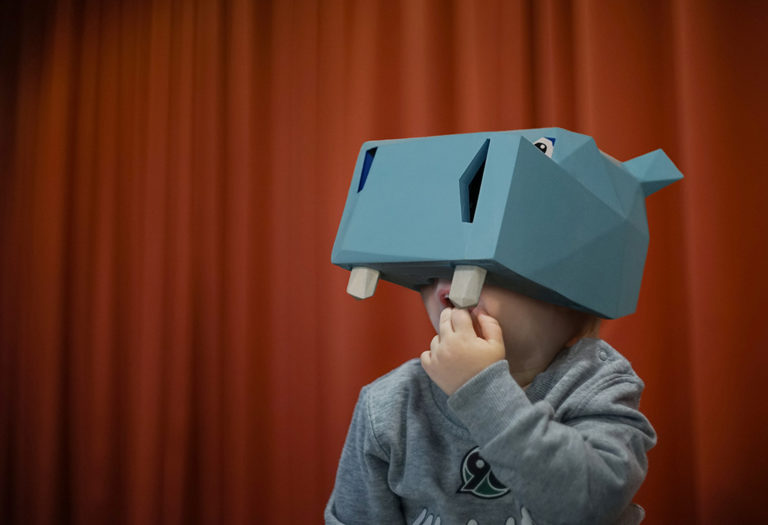
At the Digital Media study program in University of/the Arts Bremen, computer science meets design, while engineering and natural sciences interconnect with the arts. We present you four recent “semester” projects exploring topics ranging from VR, popular media to digital nature.
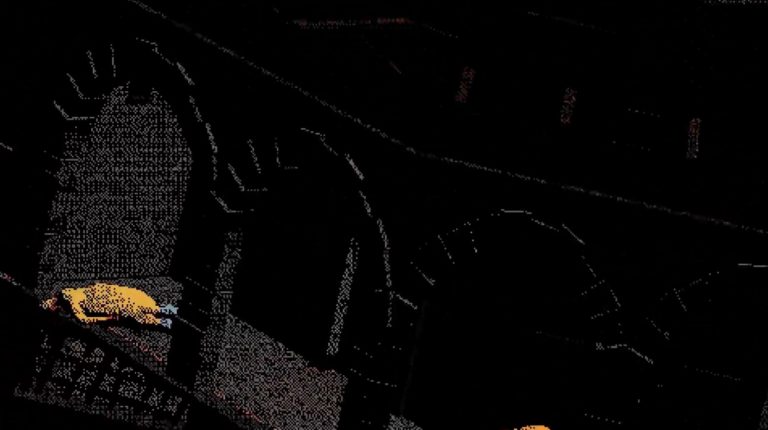
Created by Peter Burr, Mark Fingerhut, and Forma, DESCENT is a “spiraling interdimensional narrative”, a meditation on one of humanity’s blackest hours. The downloadable exe gives the user a brief glimpse of a world descending into darkness – an unrelenting plague indifferent to the struggles of the user.
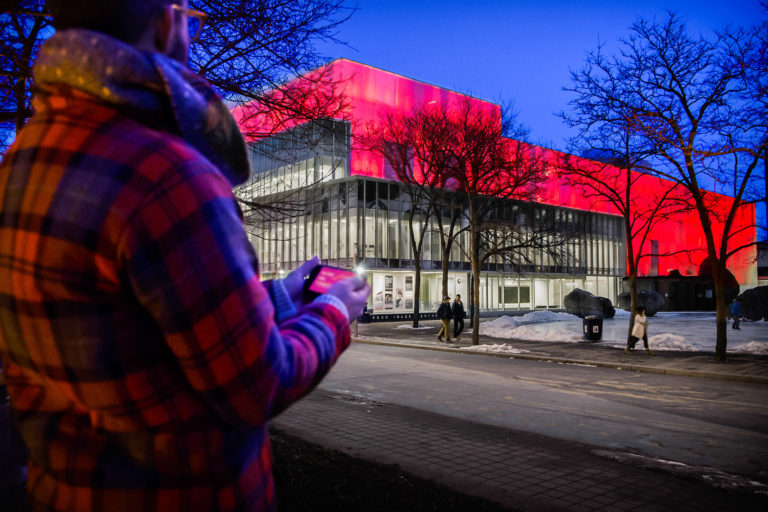
Dave Colangelo, a researcher and artist focused on the role media plays in the city. An Assistant Professor at the Portland State University in the School of Theatre + Film, and a member of the Public Visualization Studio, Colangelo chatted with CAN about media façades, public art, and Pokémon Go.
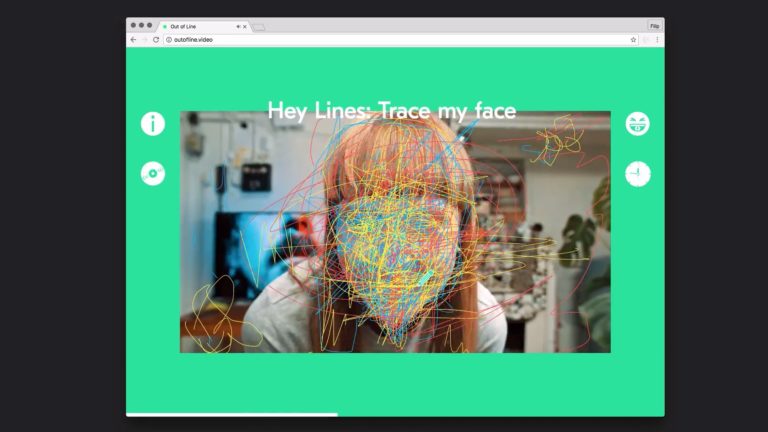
Directed and developed by Moniker and Studio Puckey, Out of Line involves hundreds of animated lines being drawn by visitors on top of the music video. All drawn lines are saved on their servers and are then rendered into the video to be seen by future visitors.

Created by Design I/O, World’s Tiniest Violin is a ‘speed project’ that uses Google’s Project Soli – Alpha Dev Kit combined with the Wekinator machine learning tool and openFrameworks to detect small movements that look like someone playing a tiny violin and translate that to the volume and playback of a violin solo.
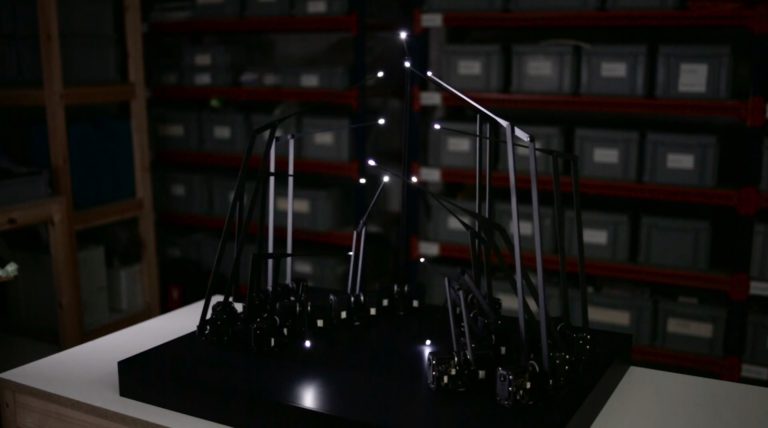
Created by Random International, Study for Fifteen Points explores the minimal amount of information that is necessary for the animated form to be recognised as human; and the fundamental impact created by subtle changes within that information.
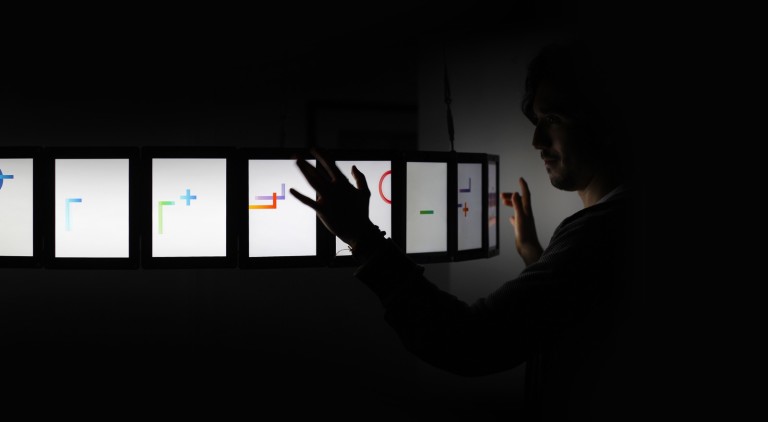
This tutorial will introduce you to creative-coding on iOS with C4, a powerful framework for creating expressive artworks and user experiences. Written entirely in Swift, C4 takes a modern approach to working with animation, gestures and media.



